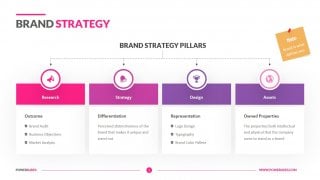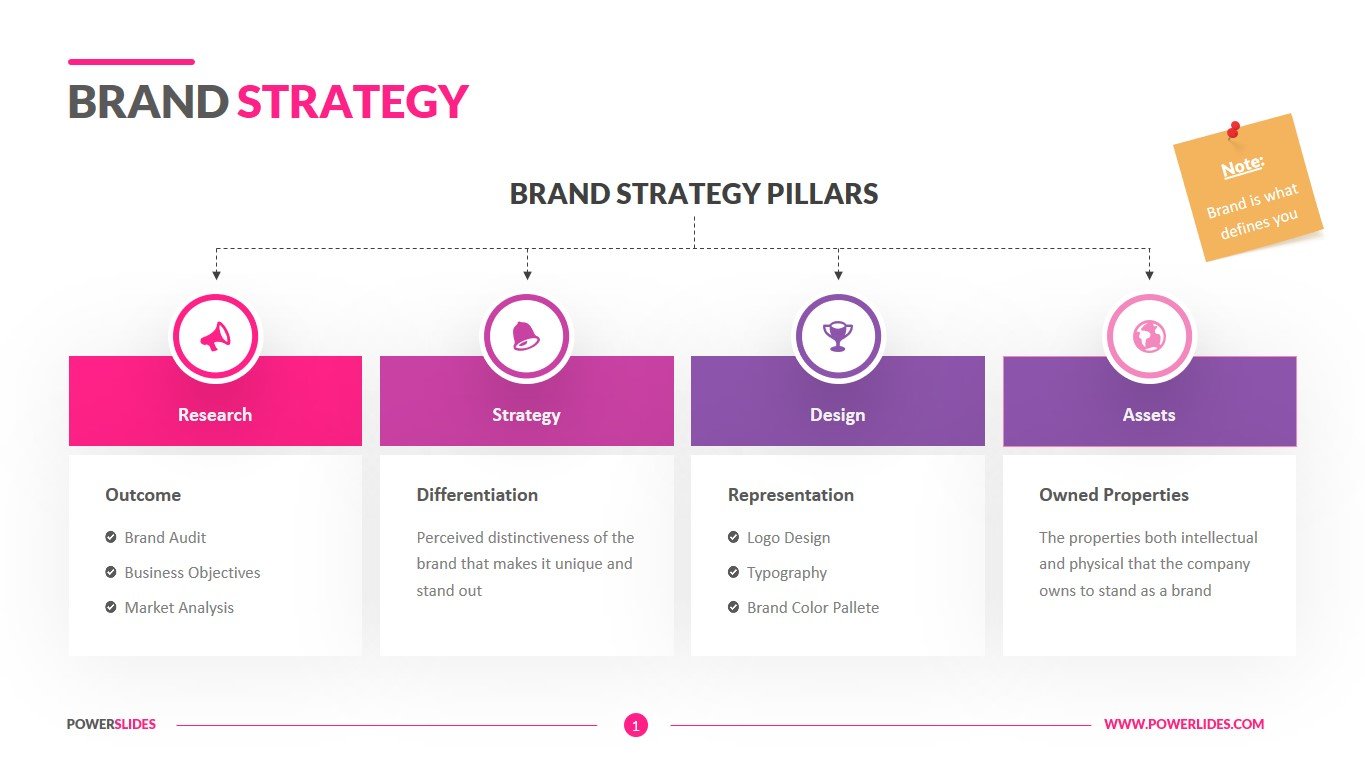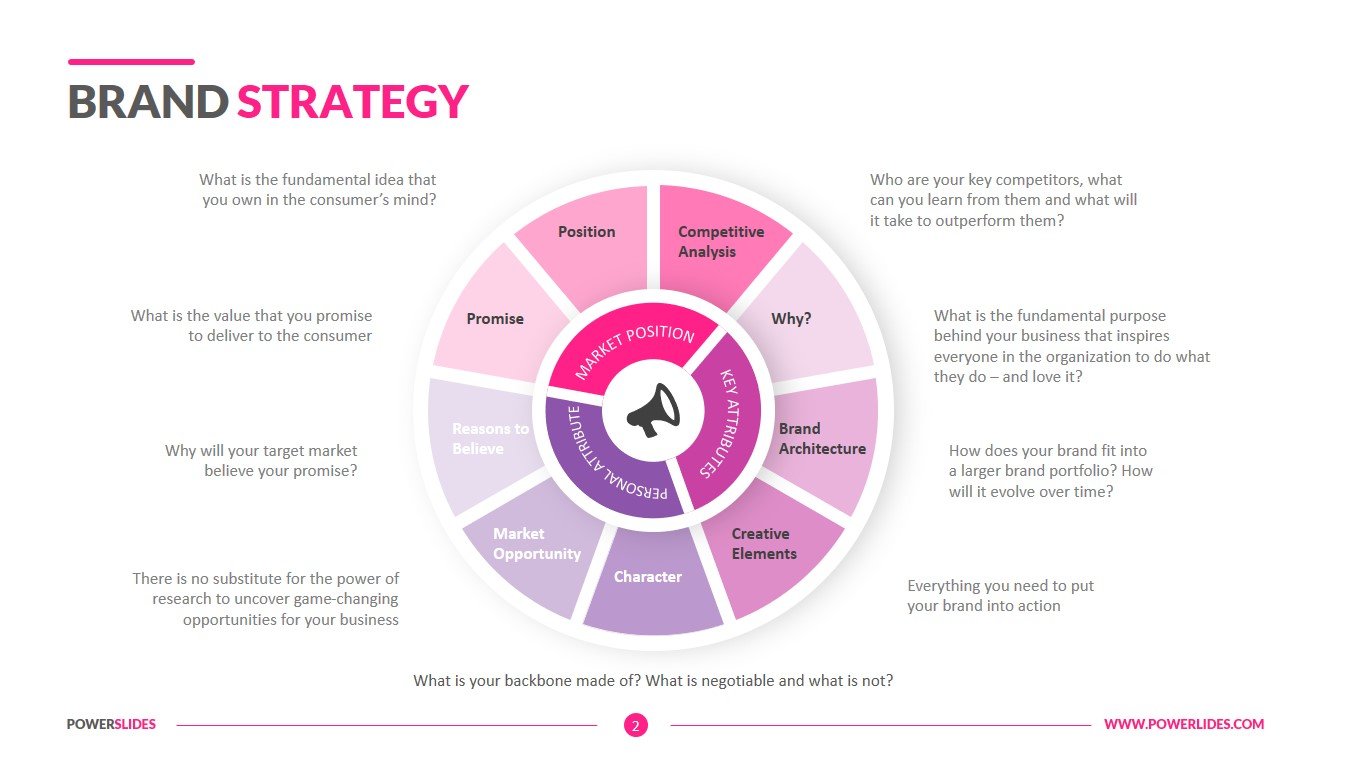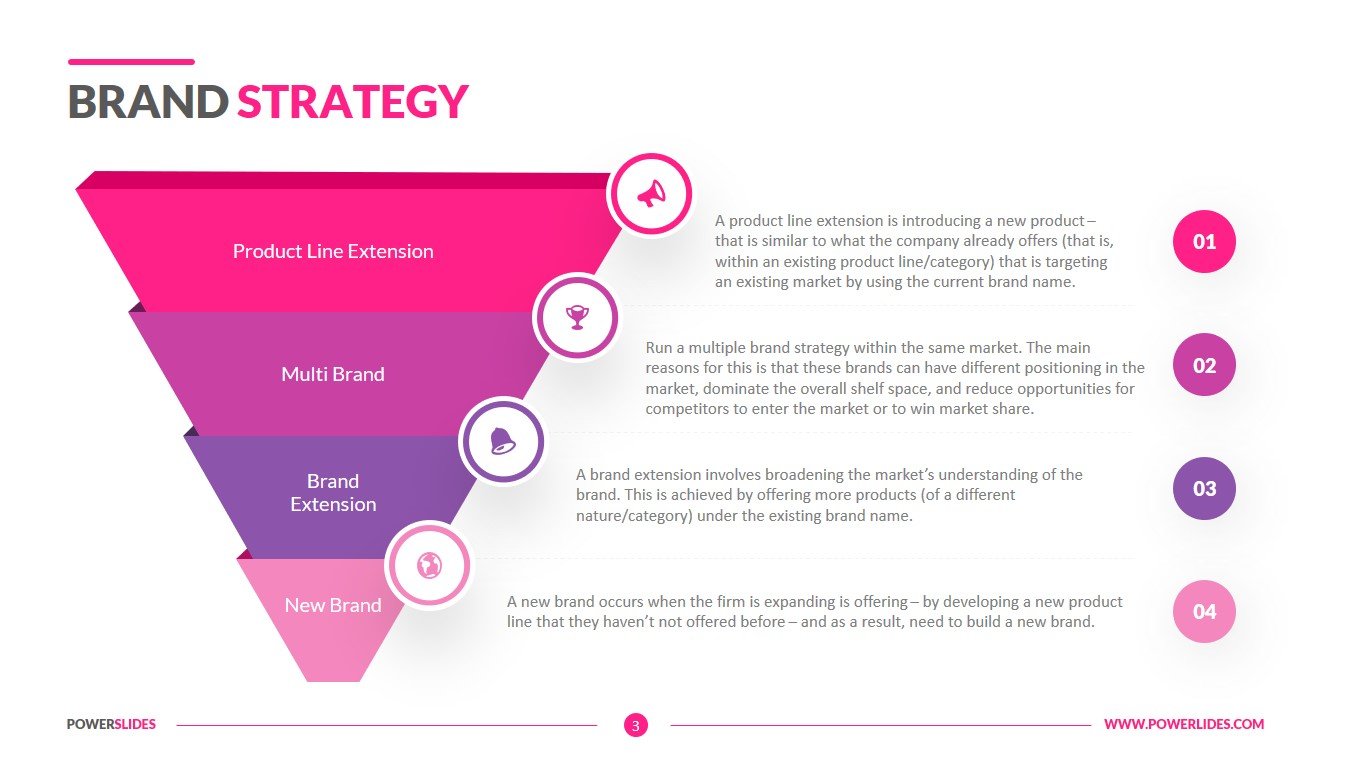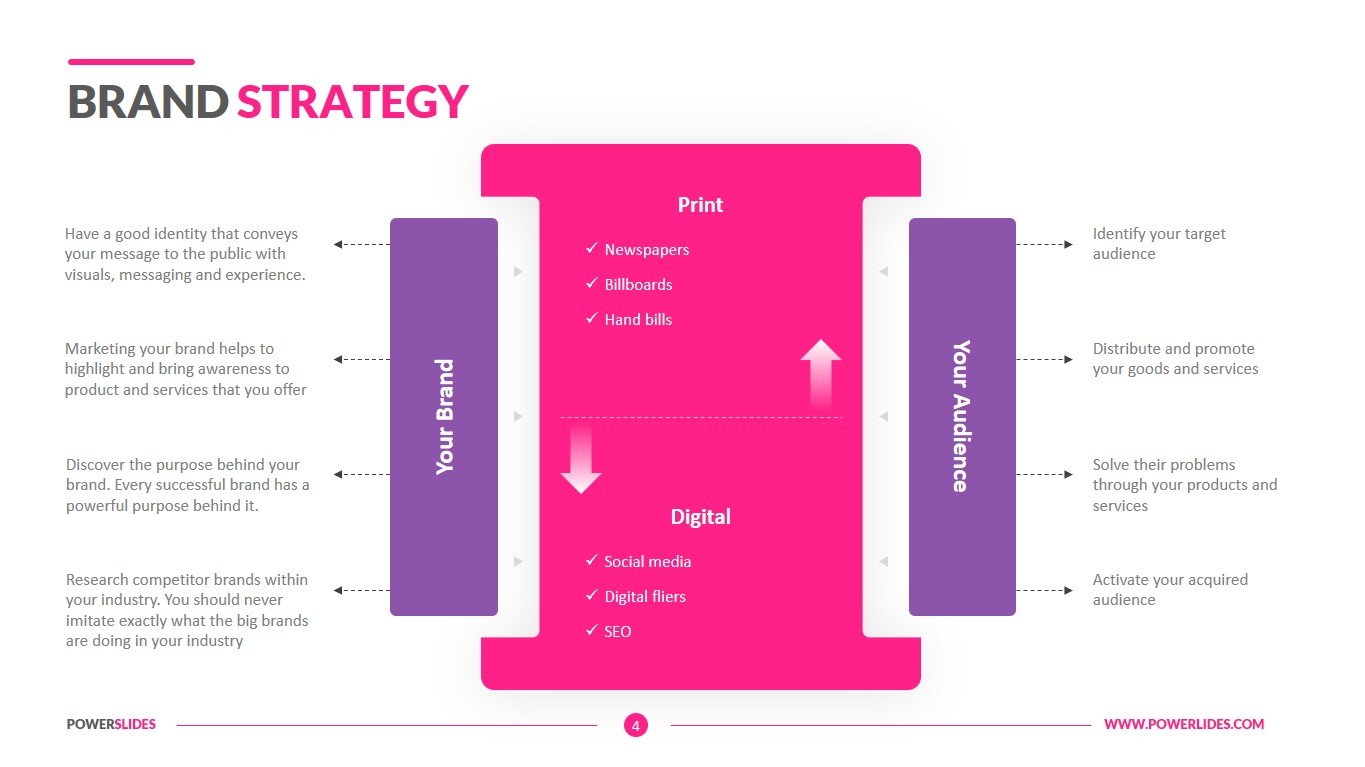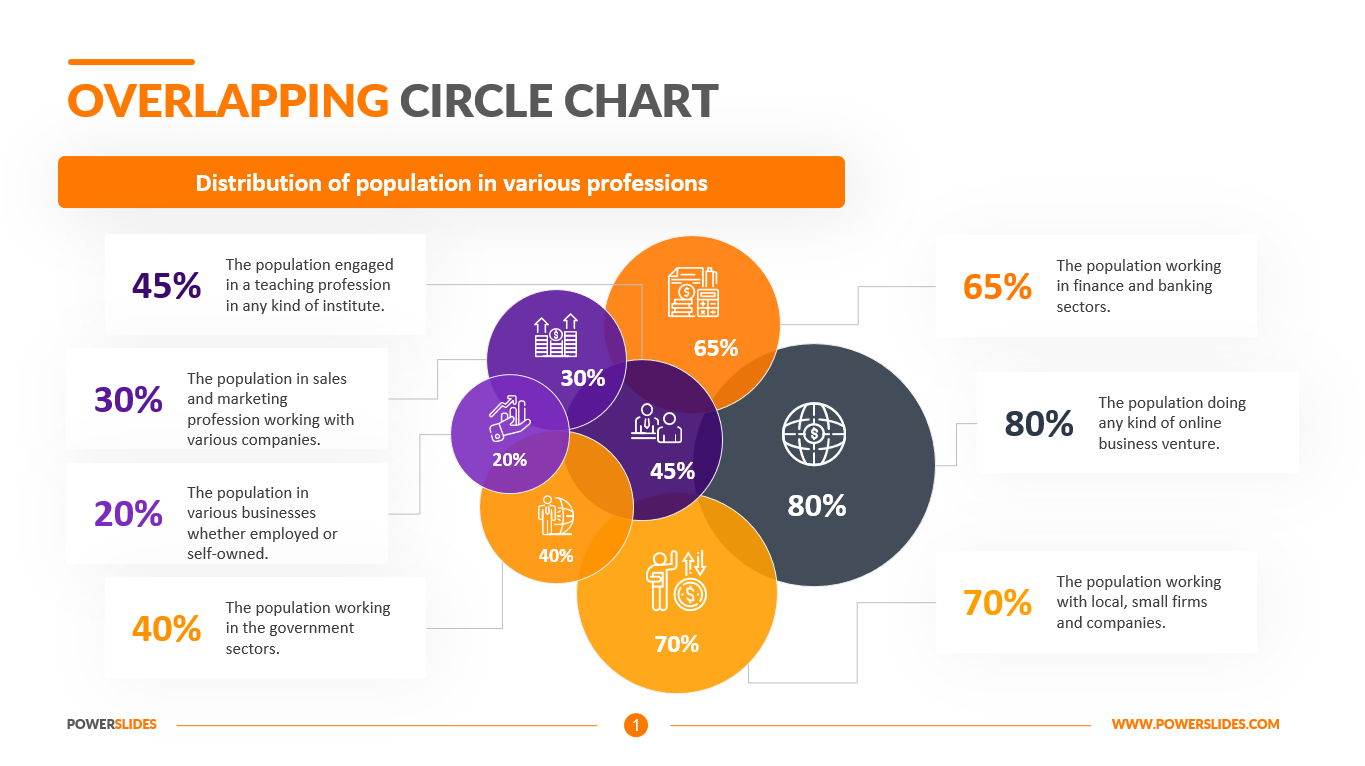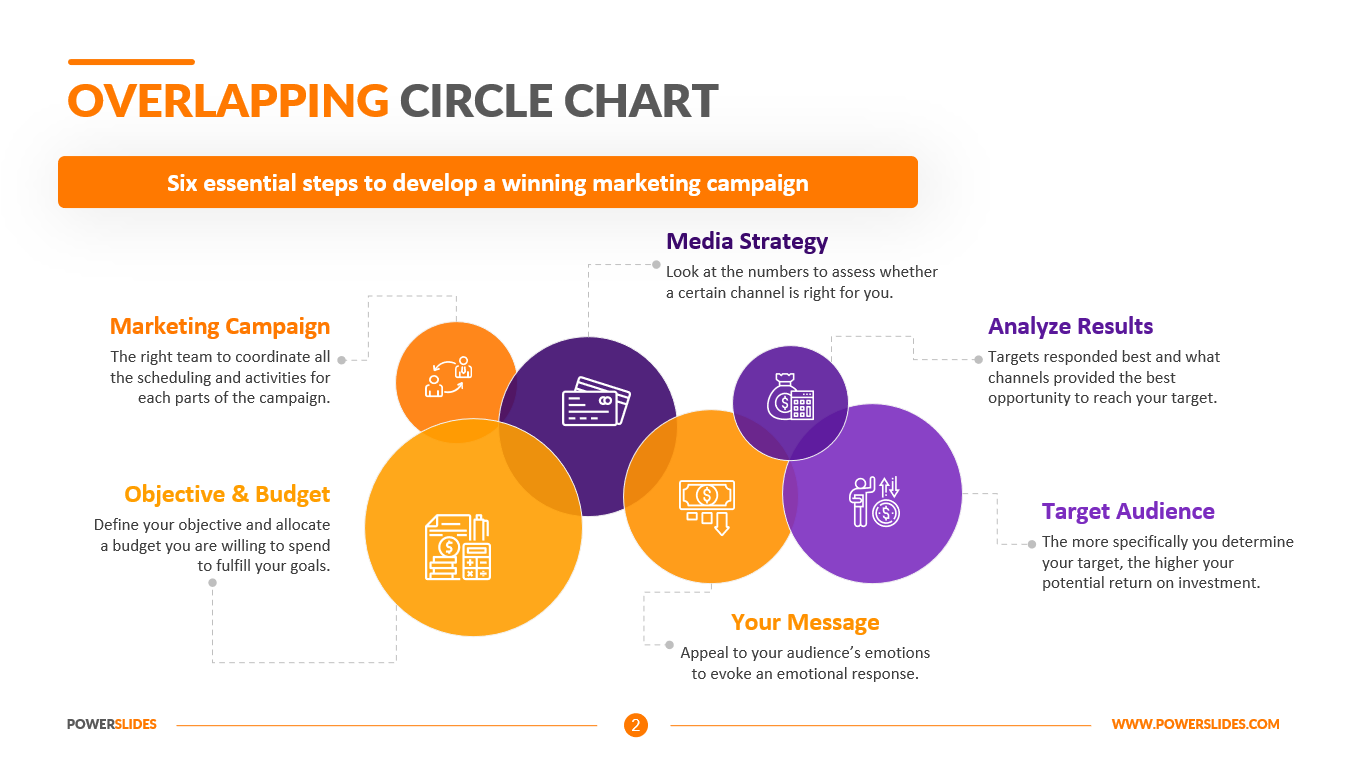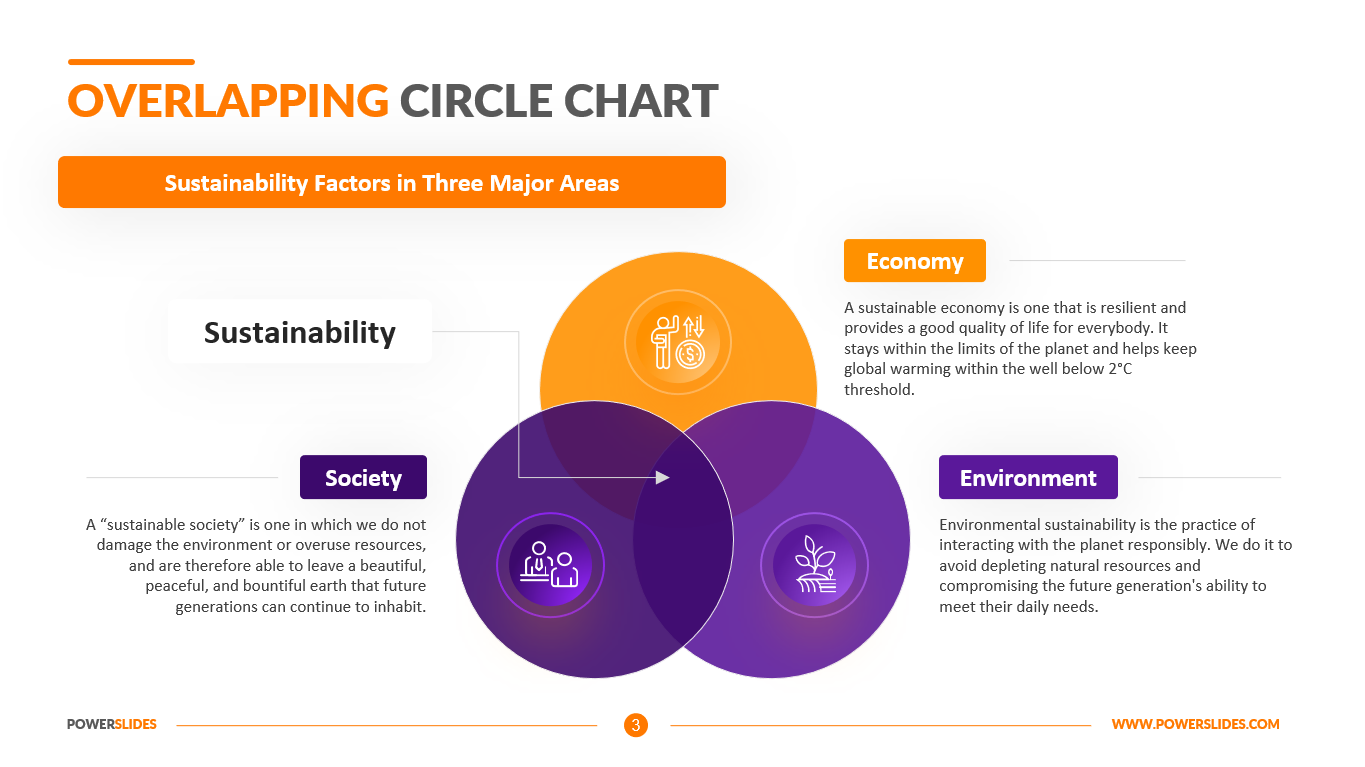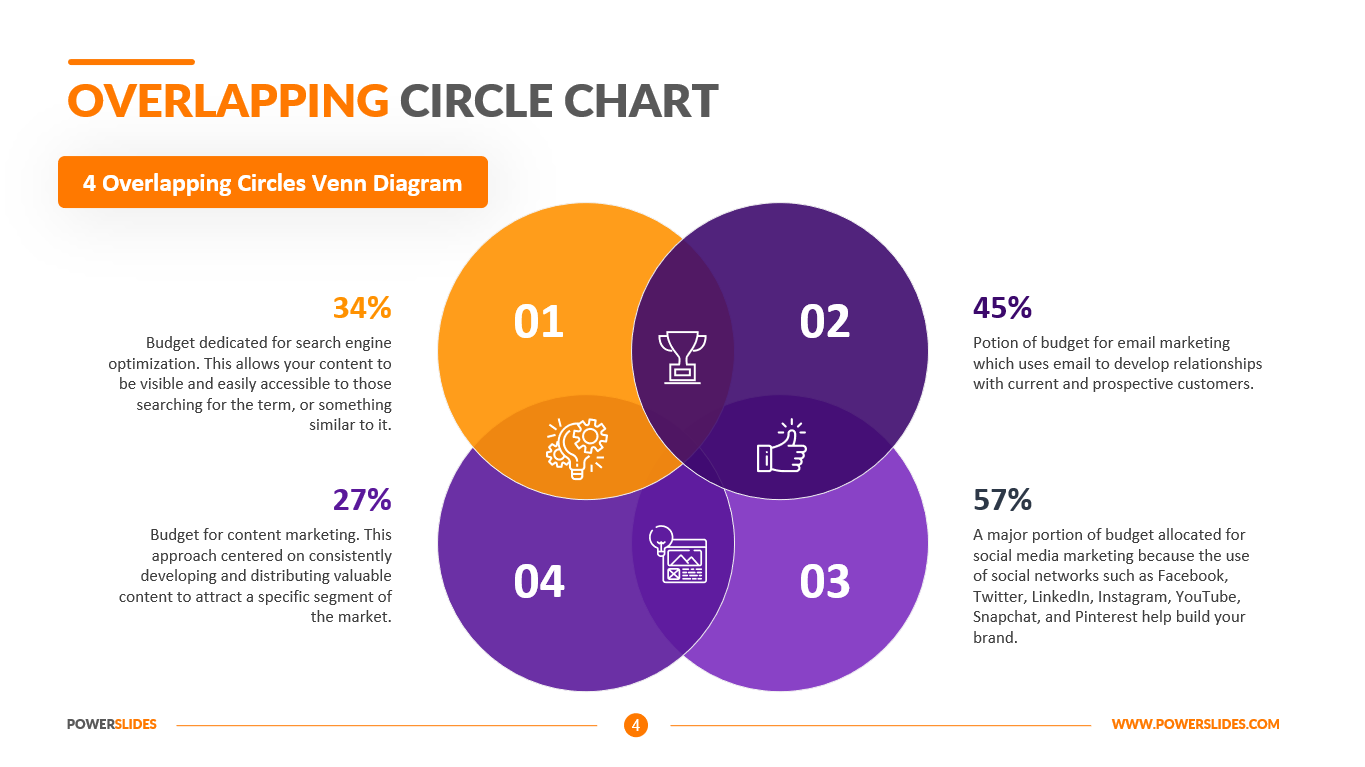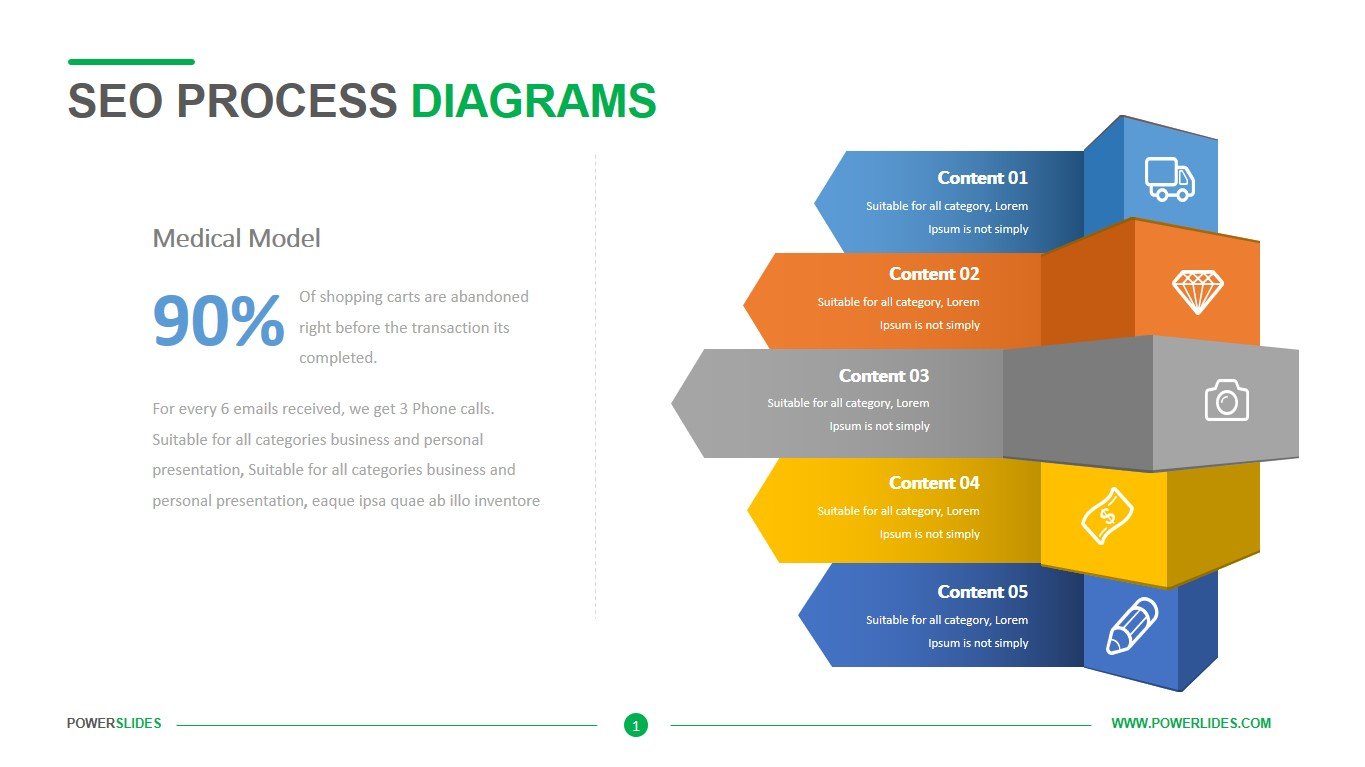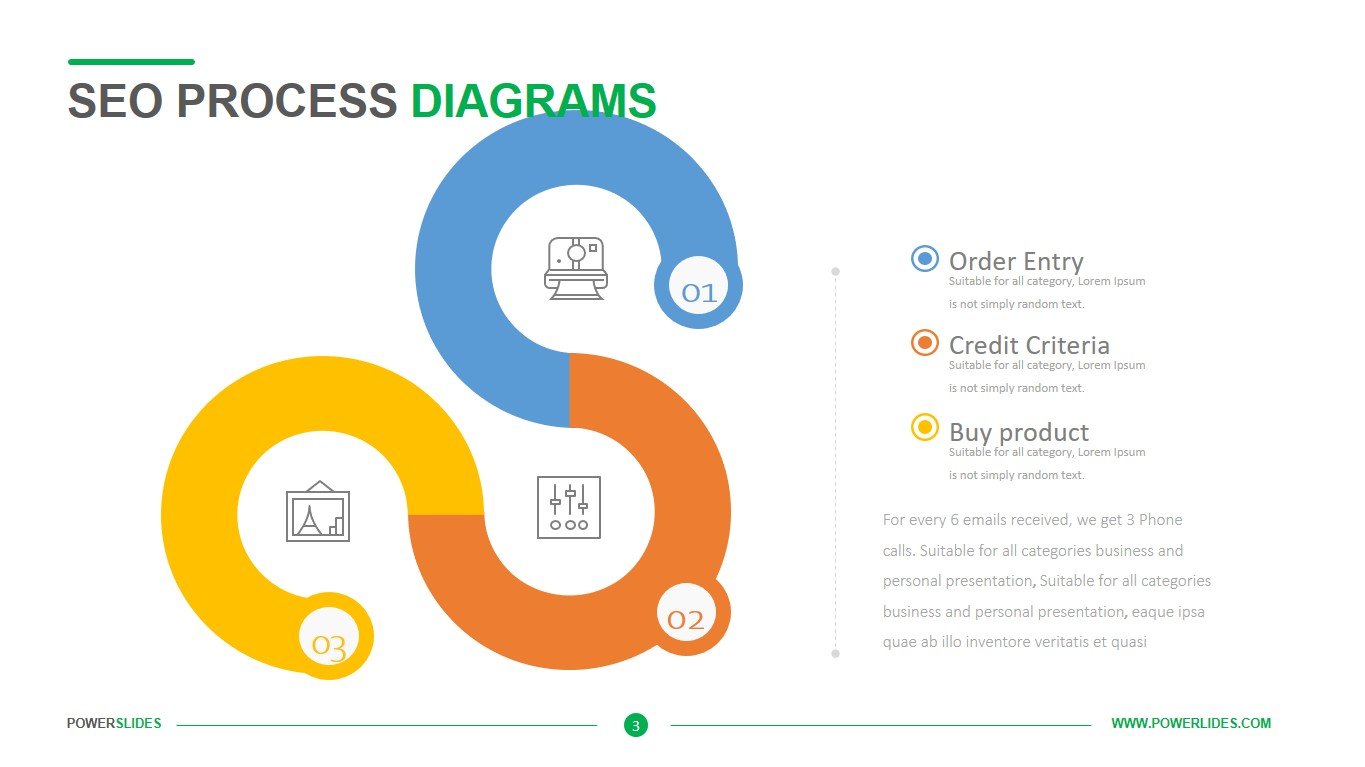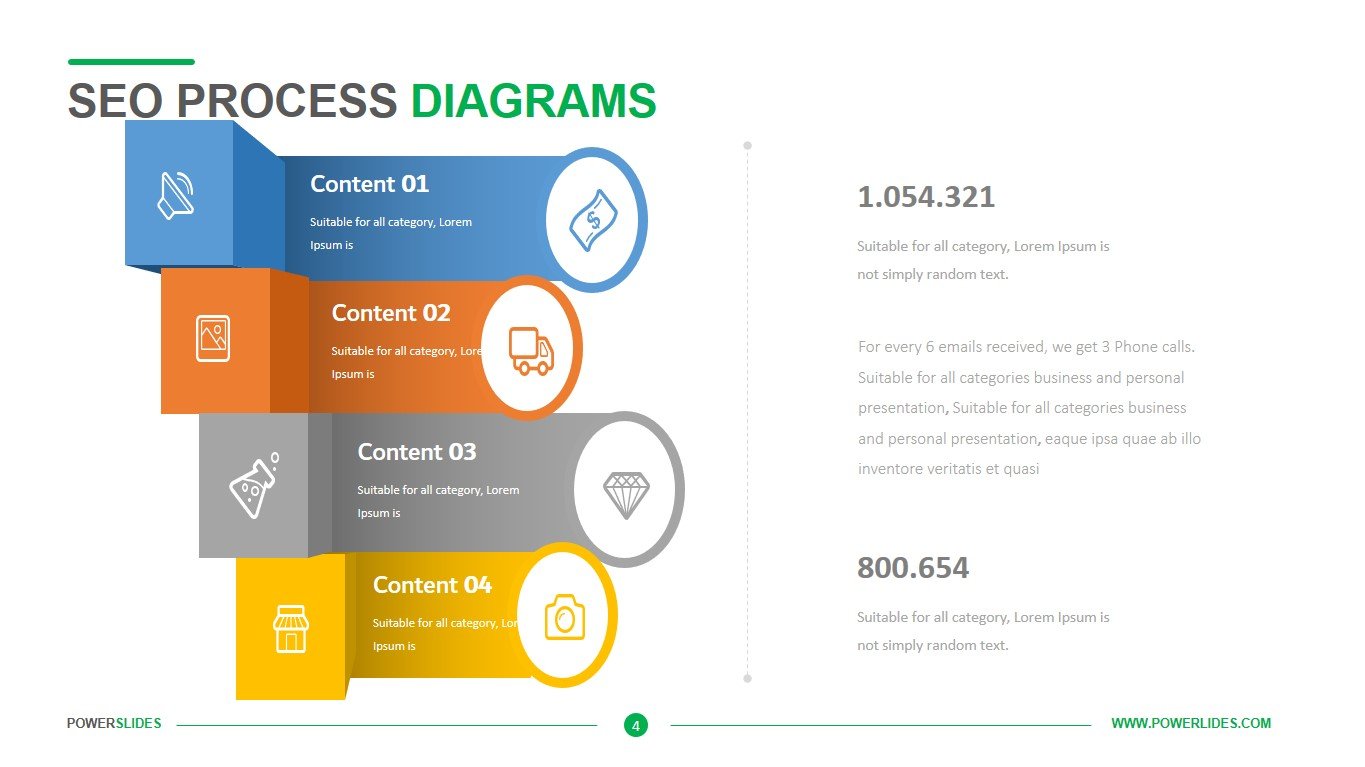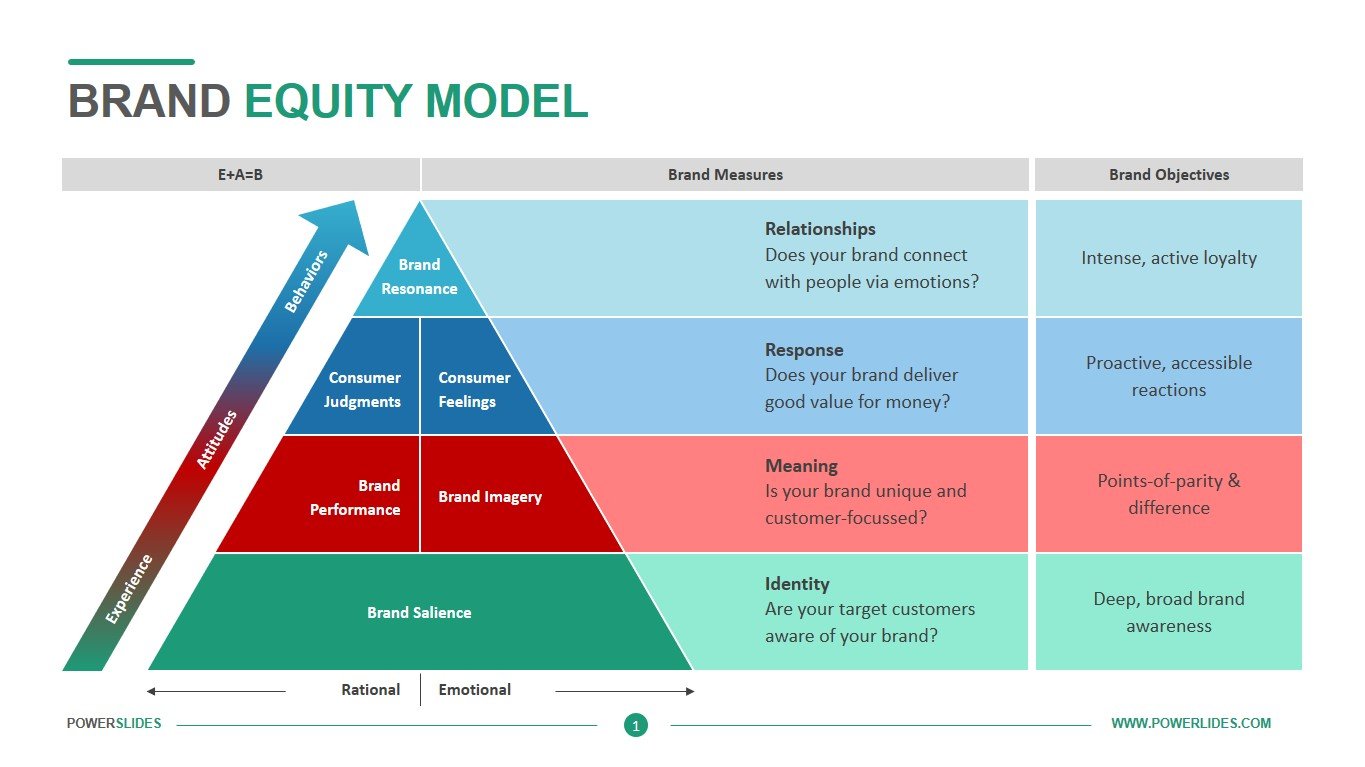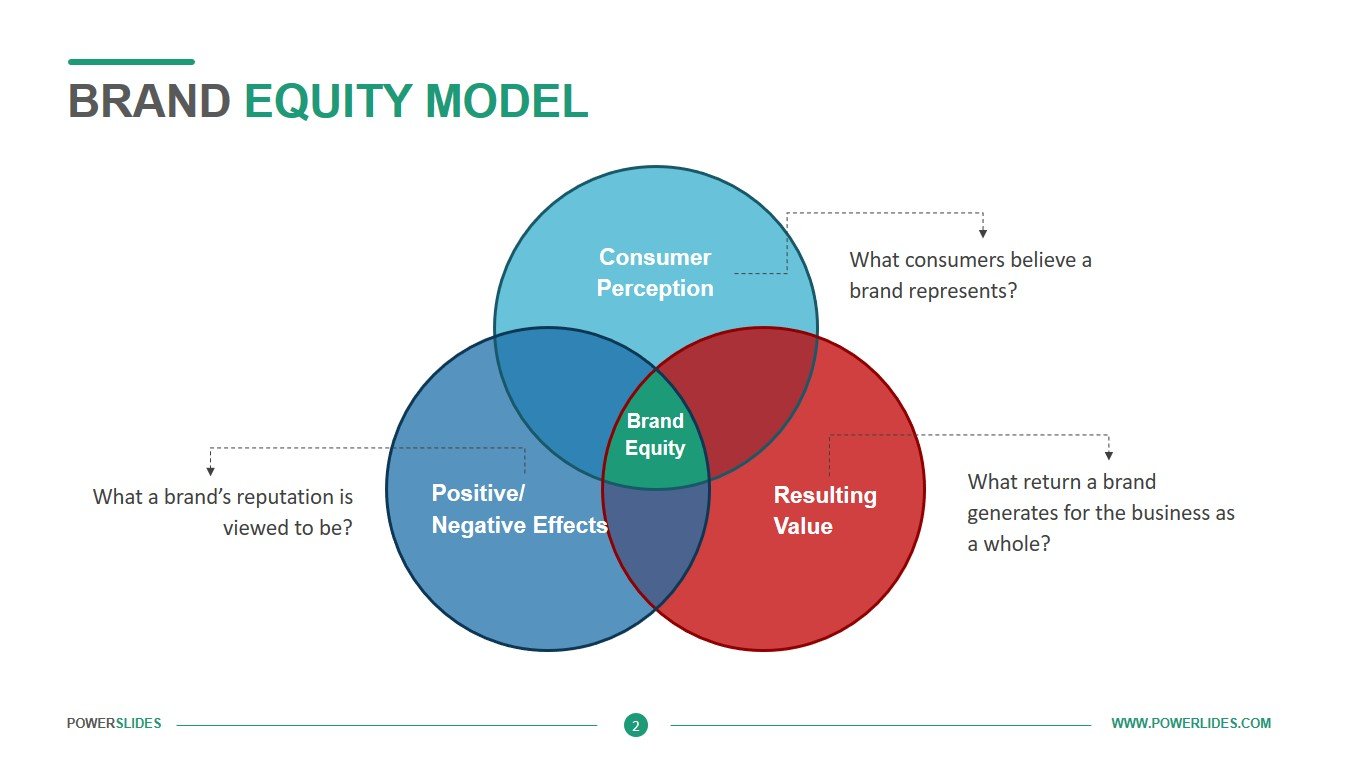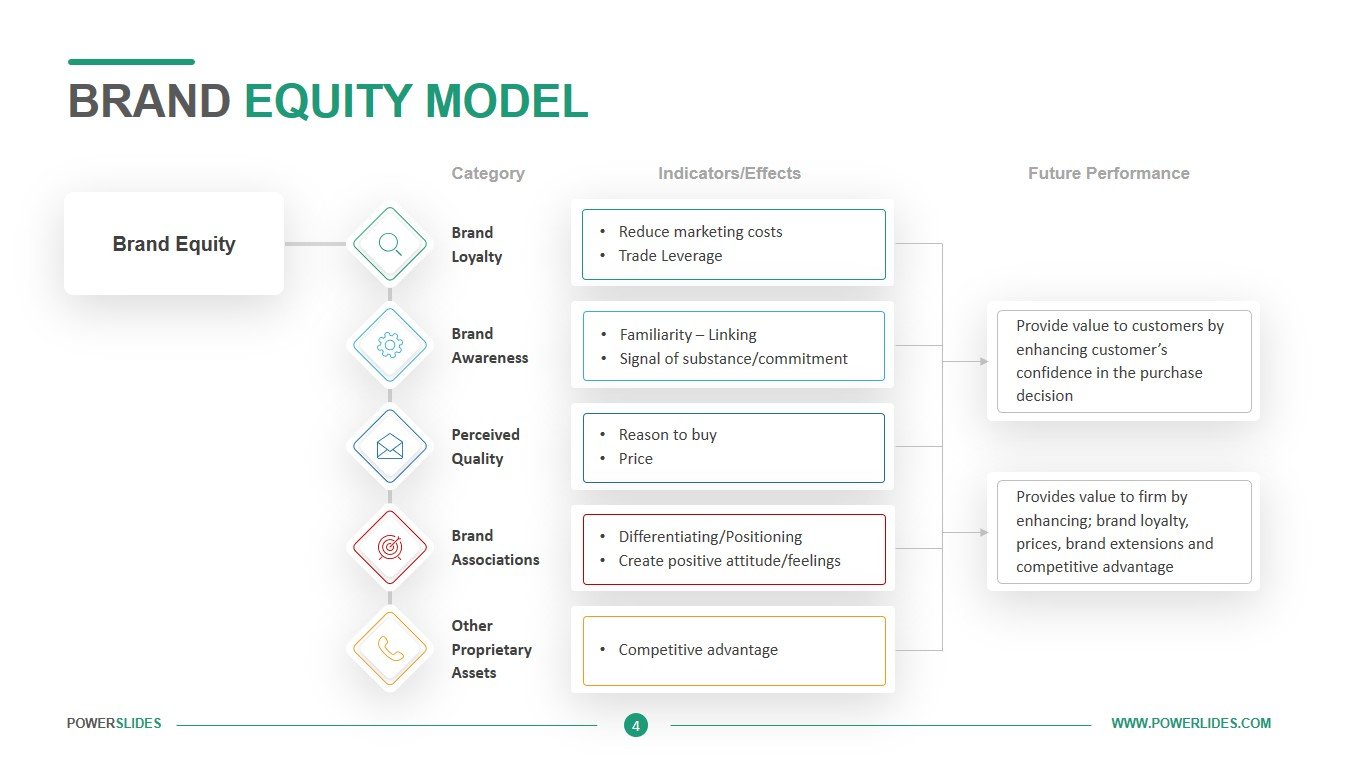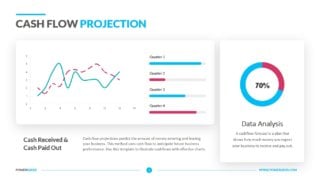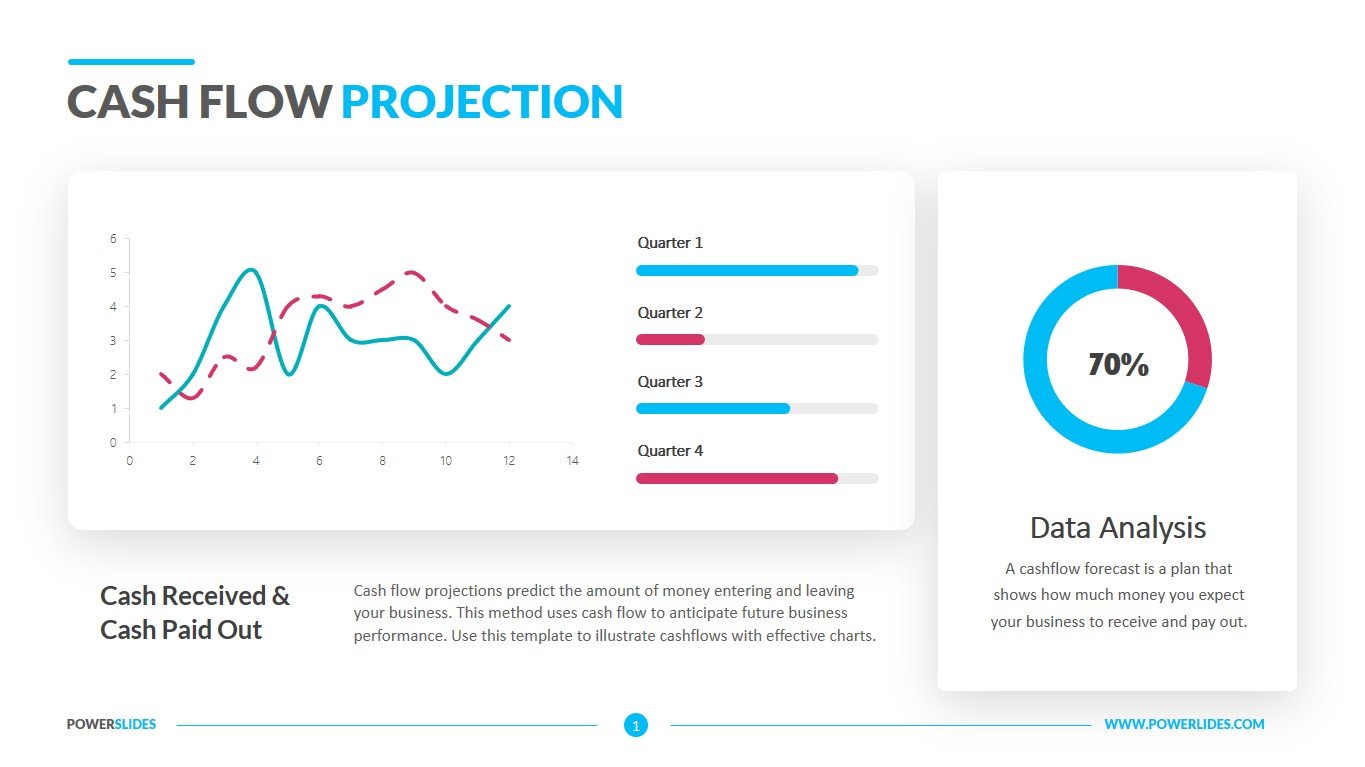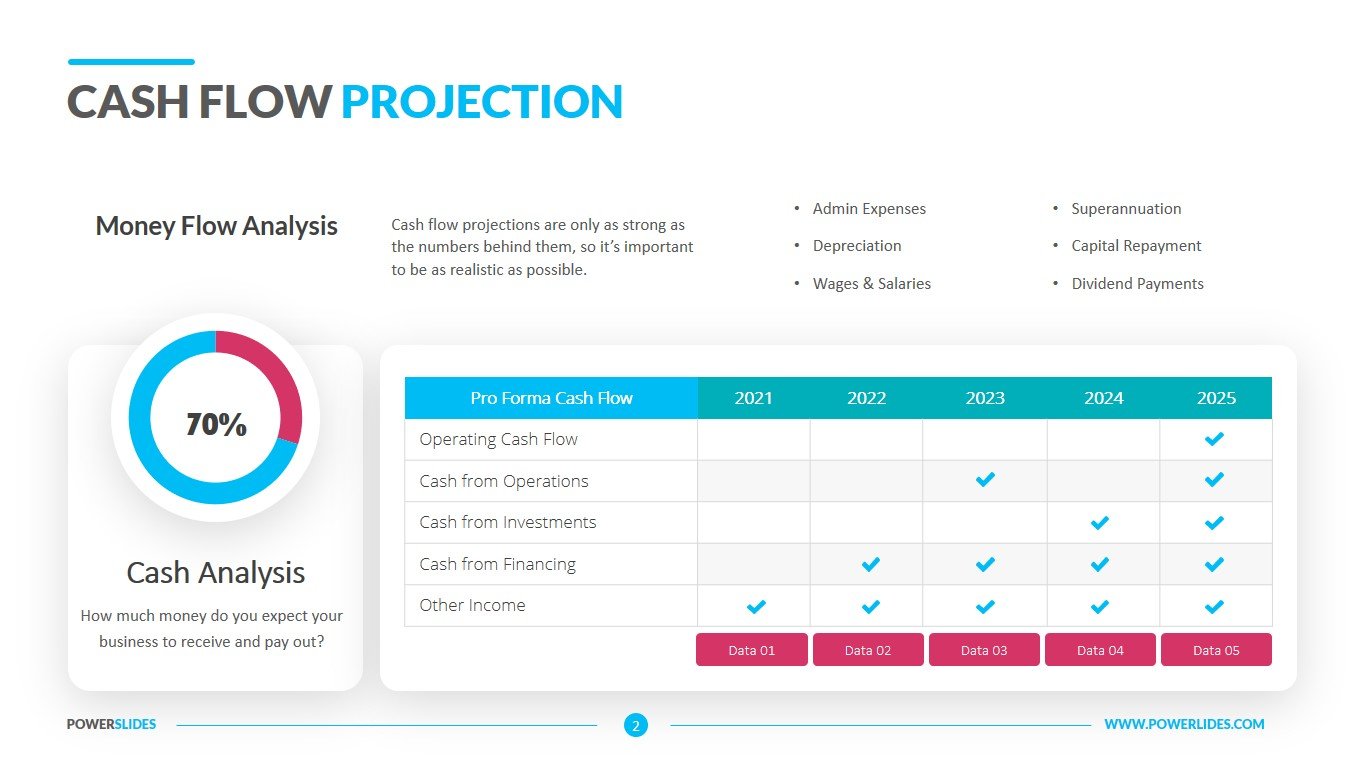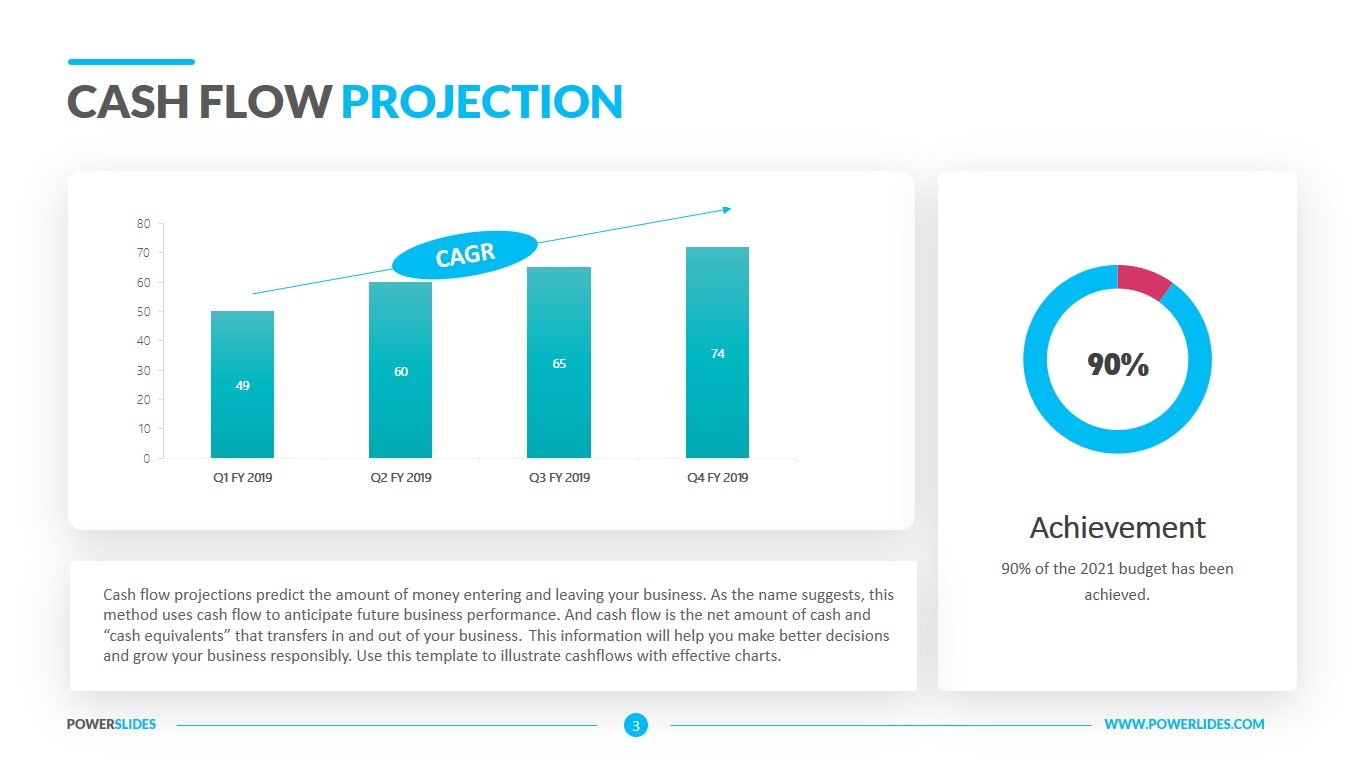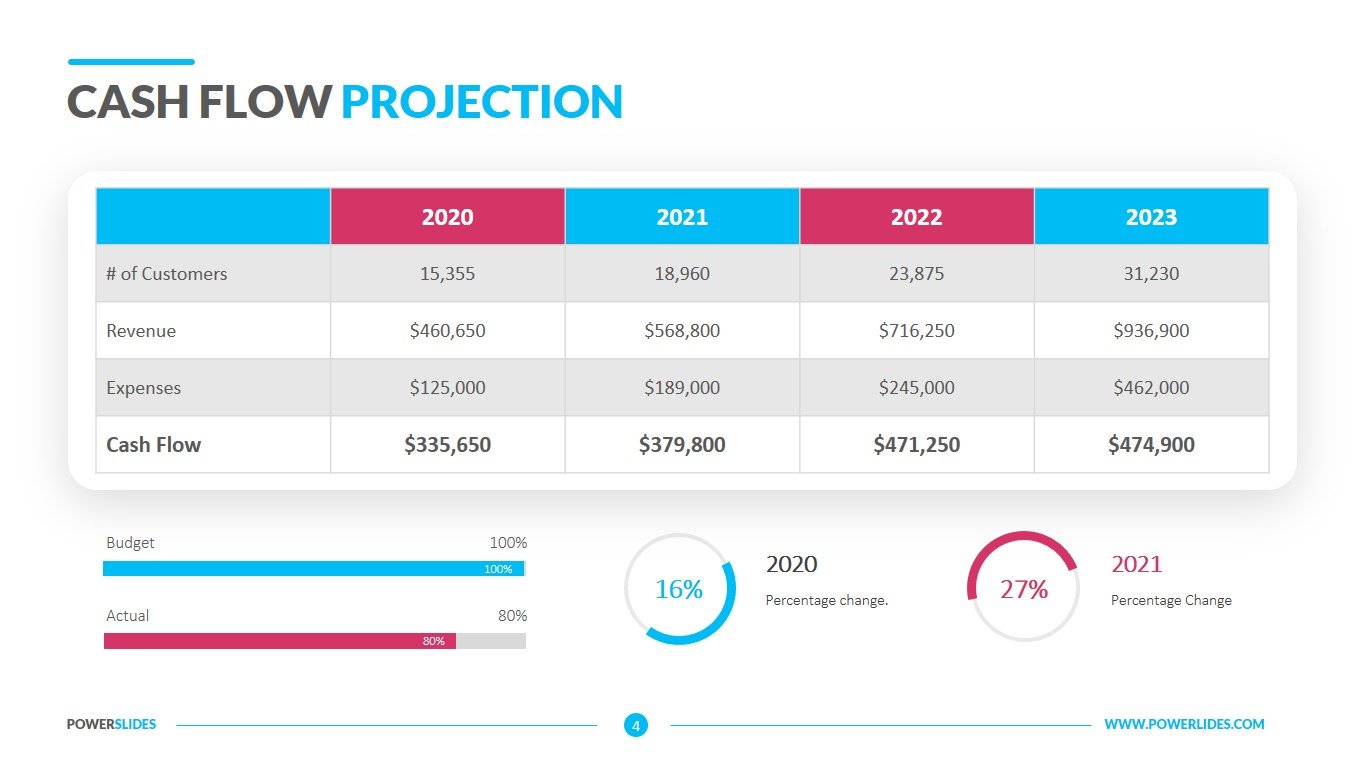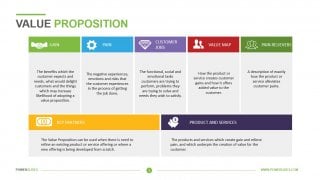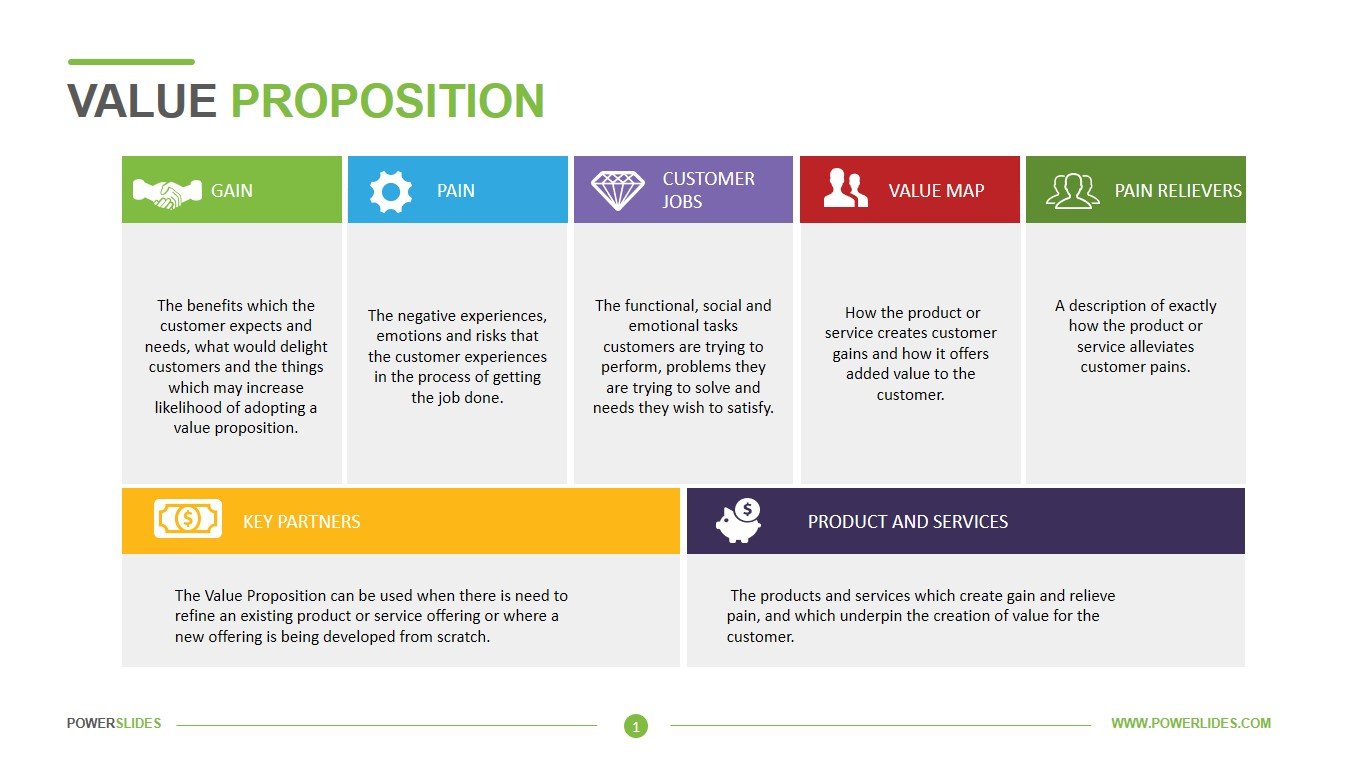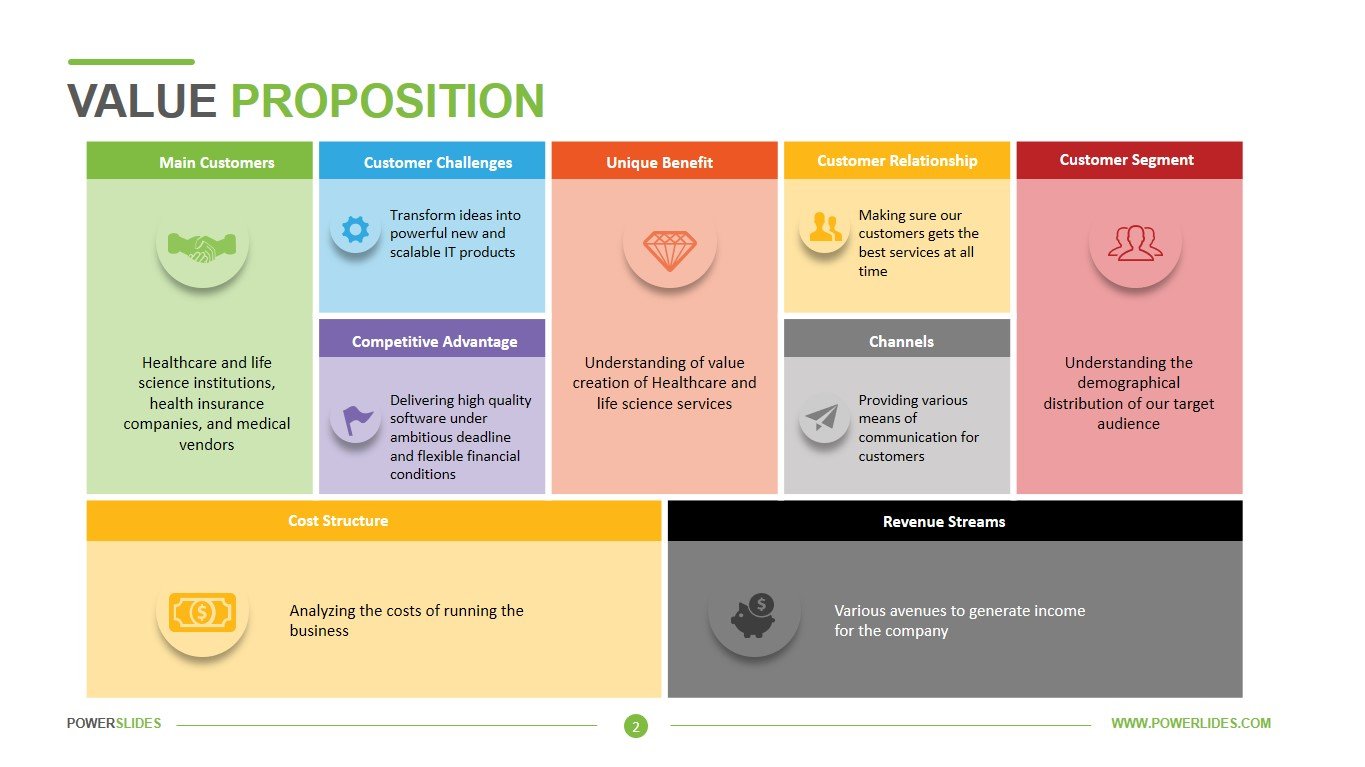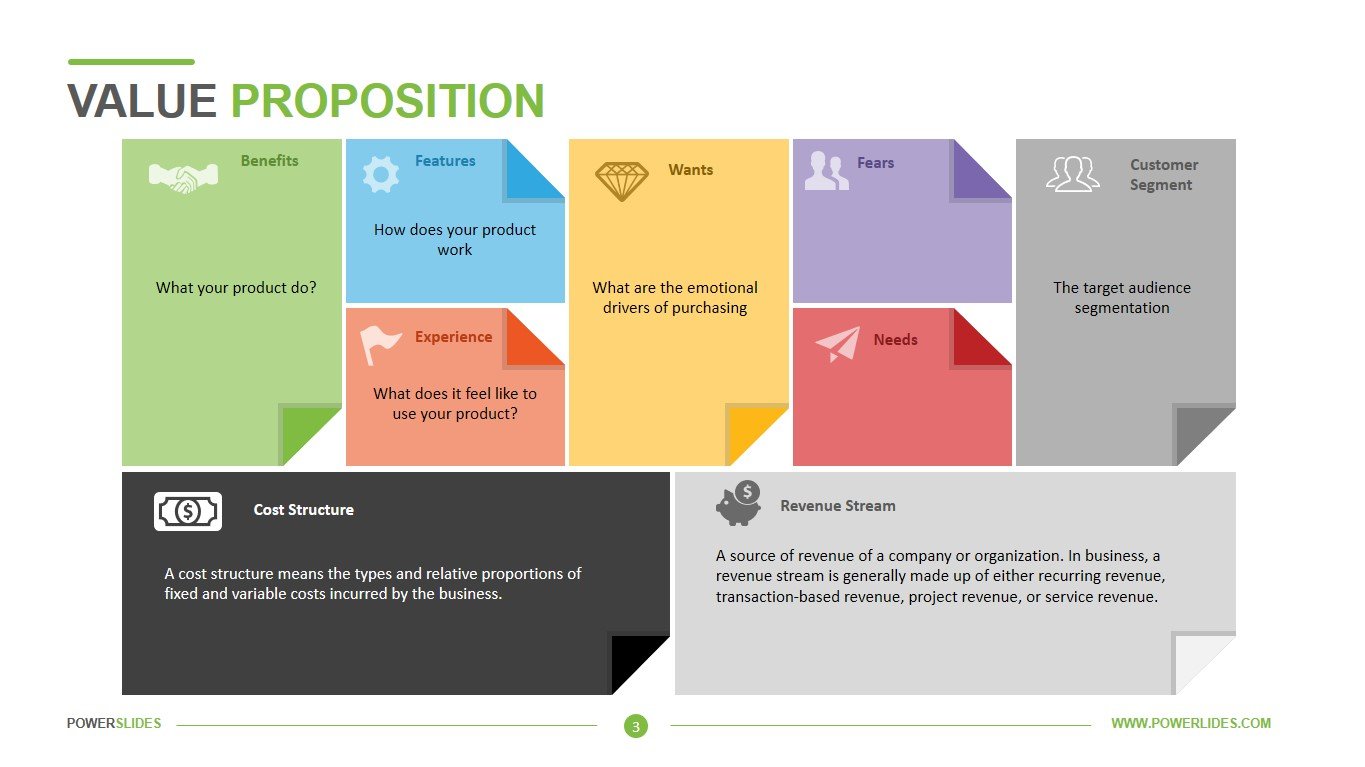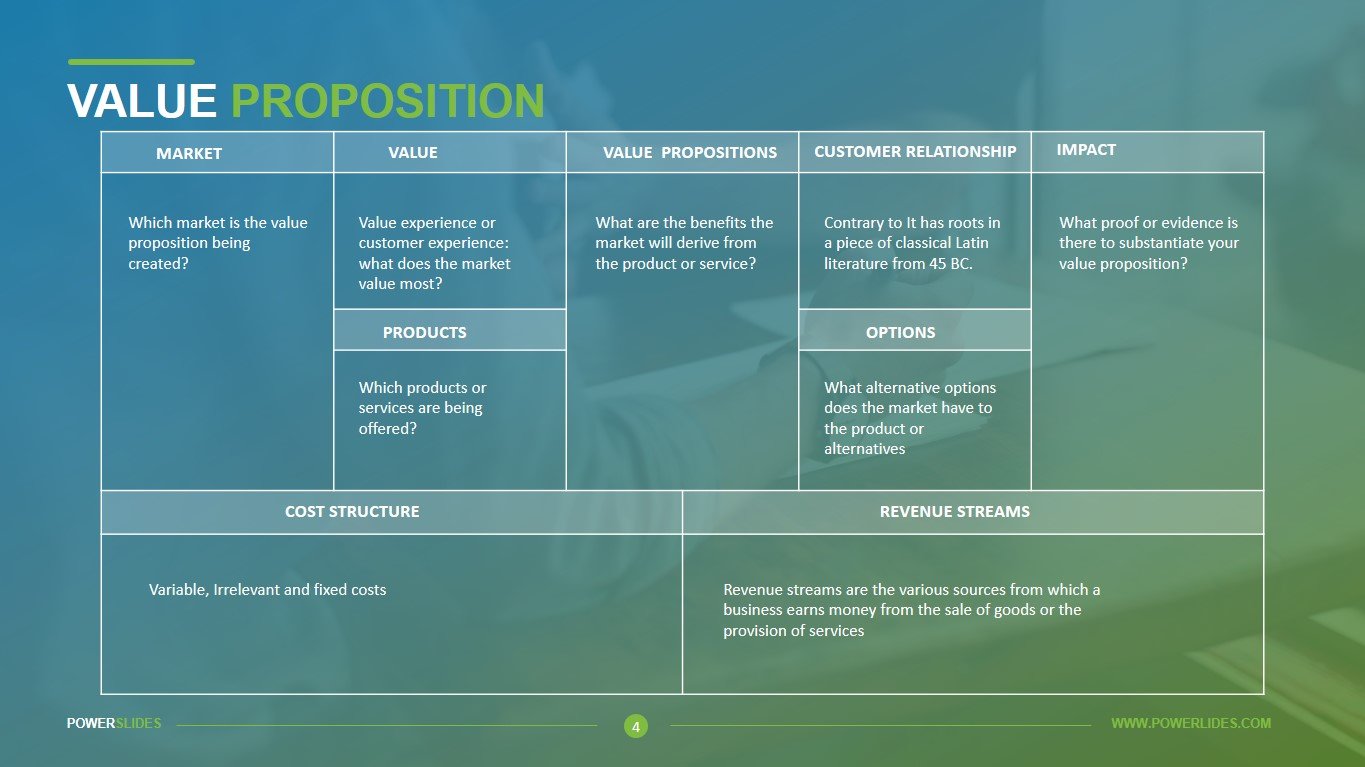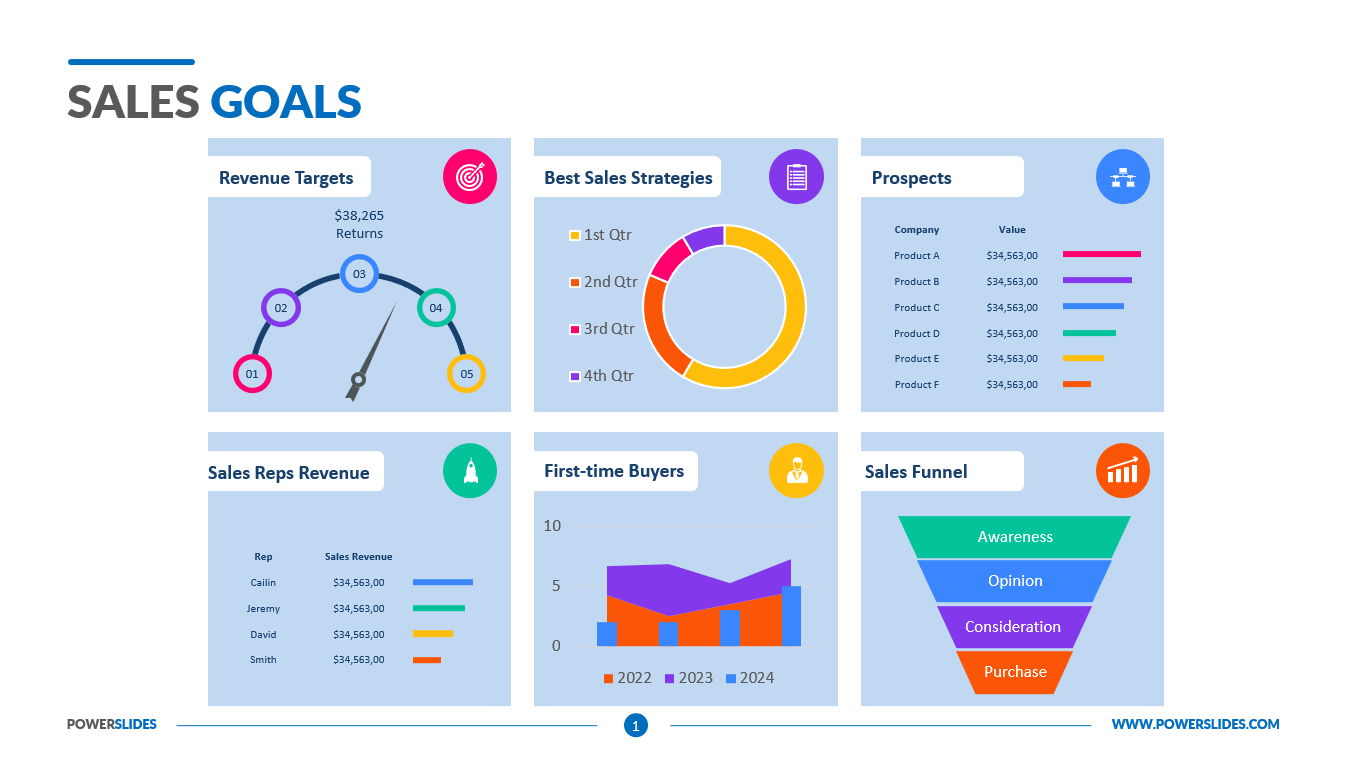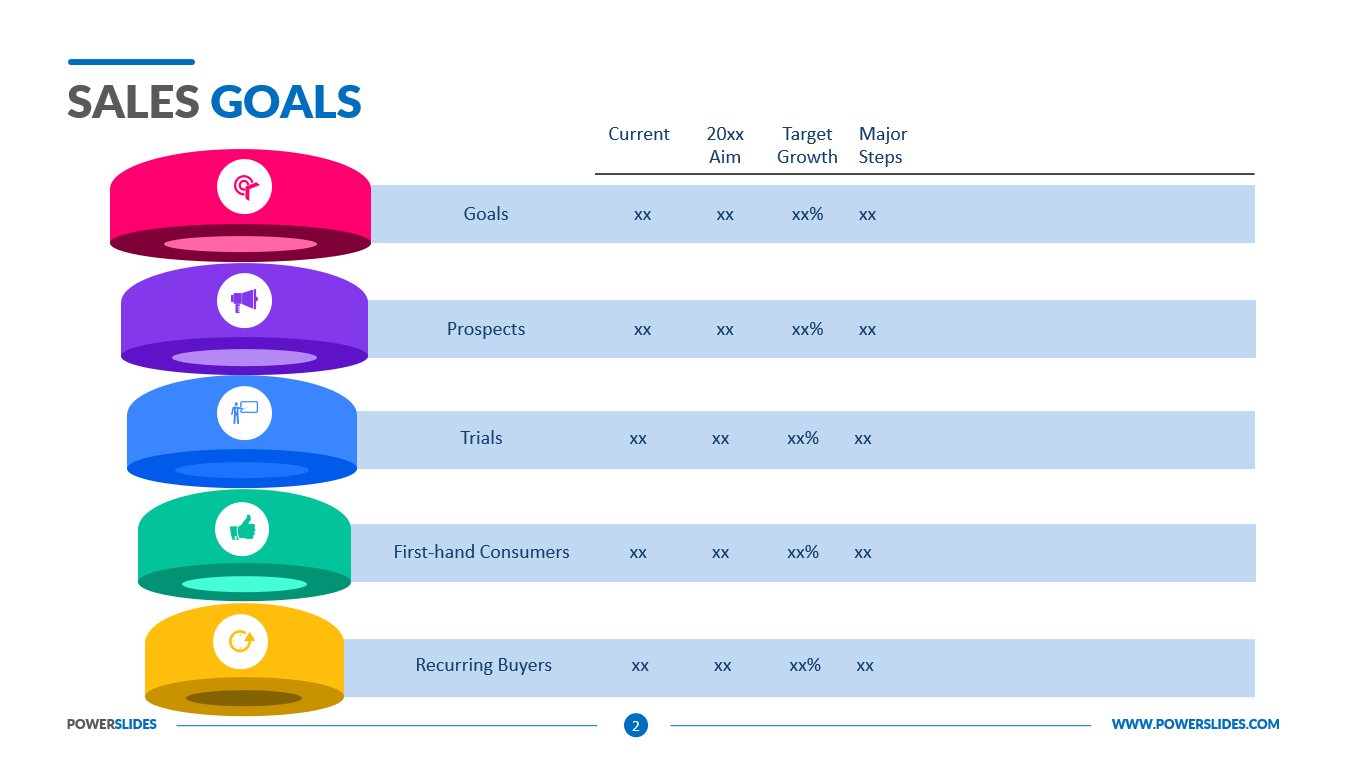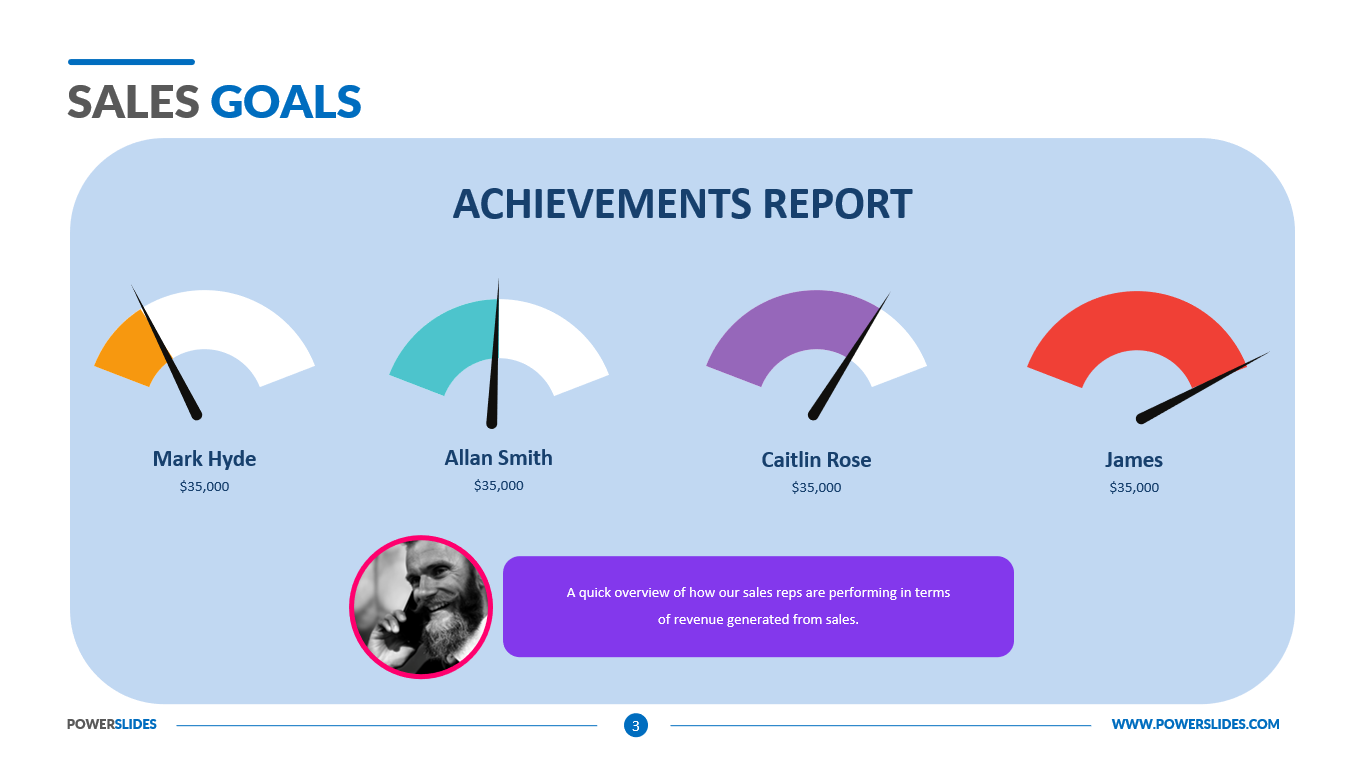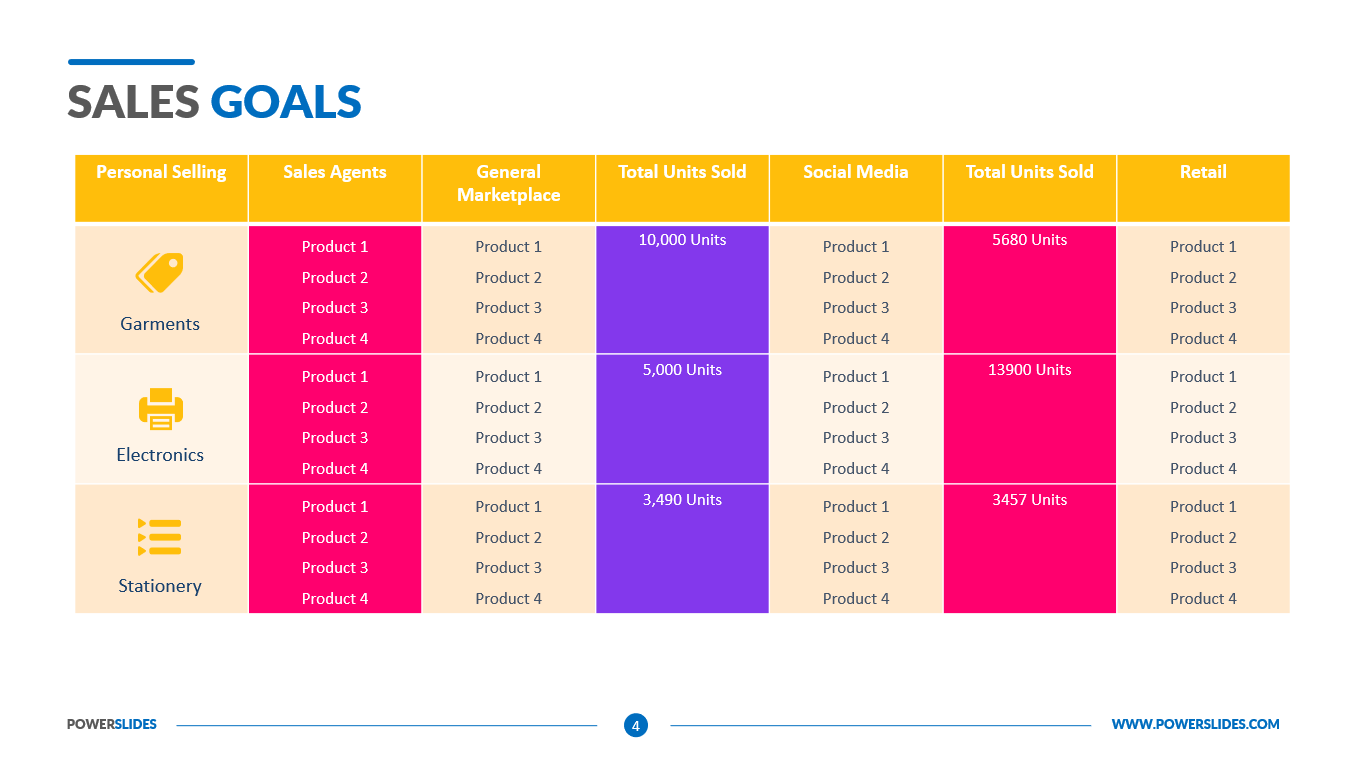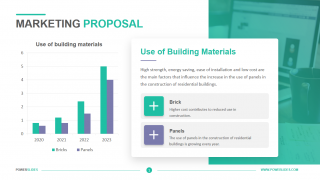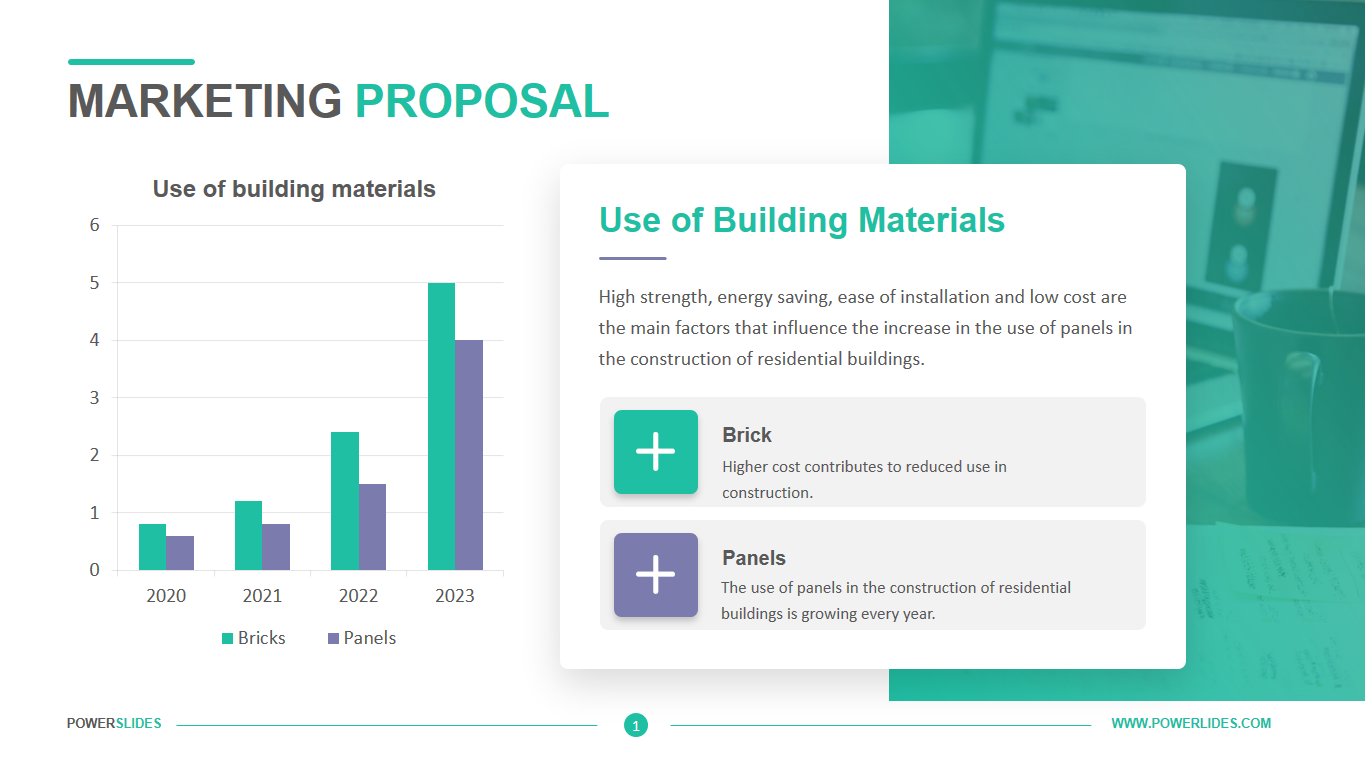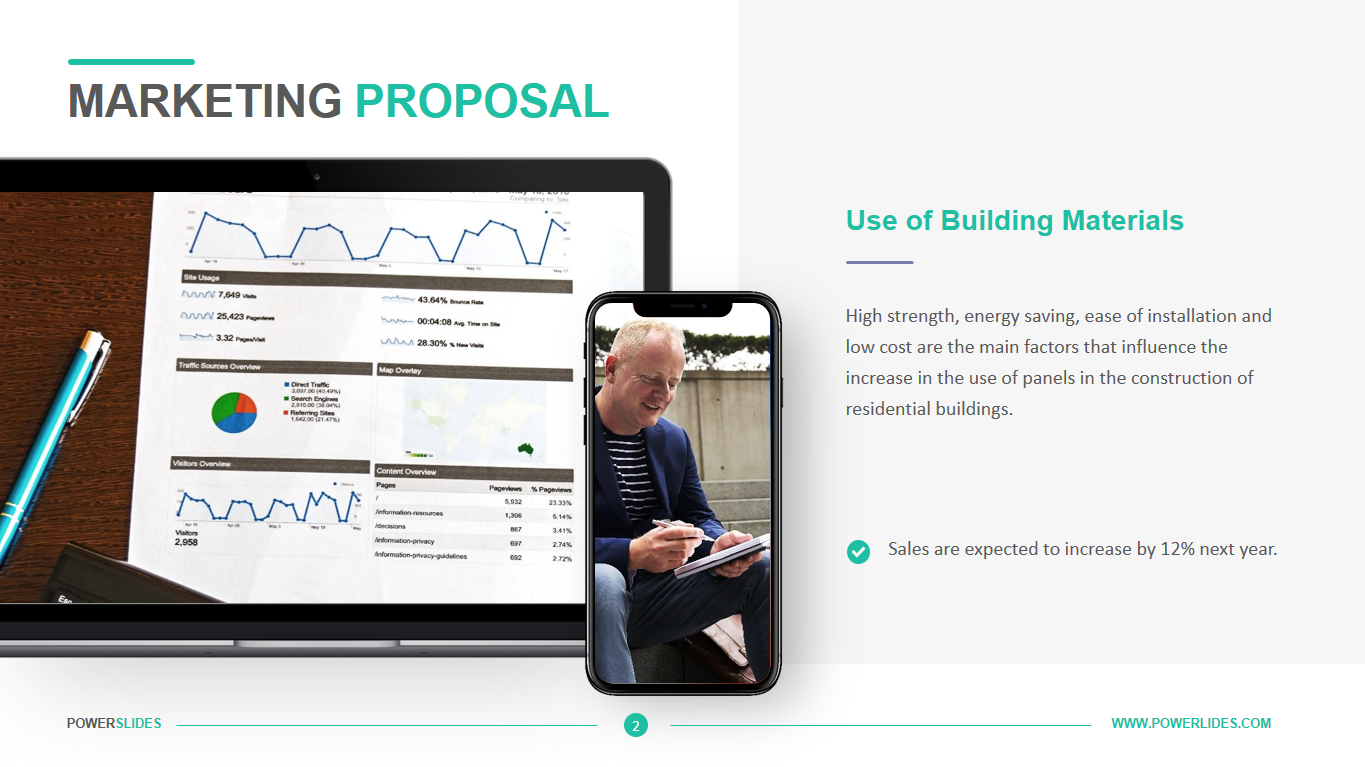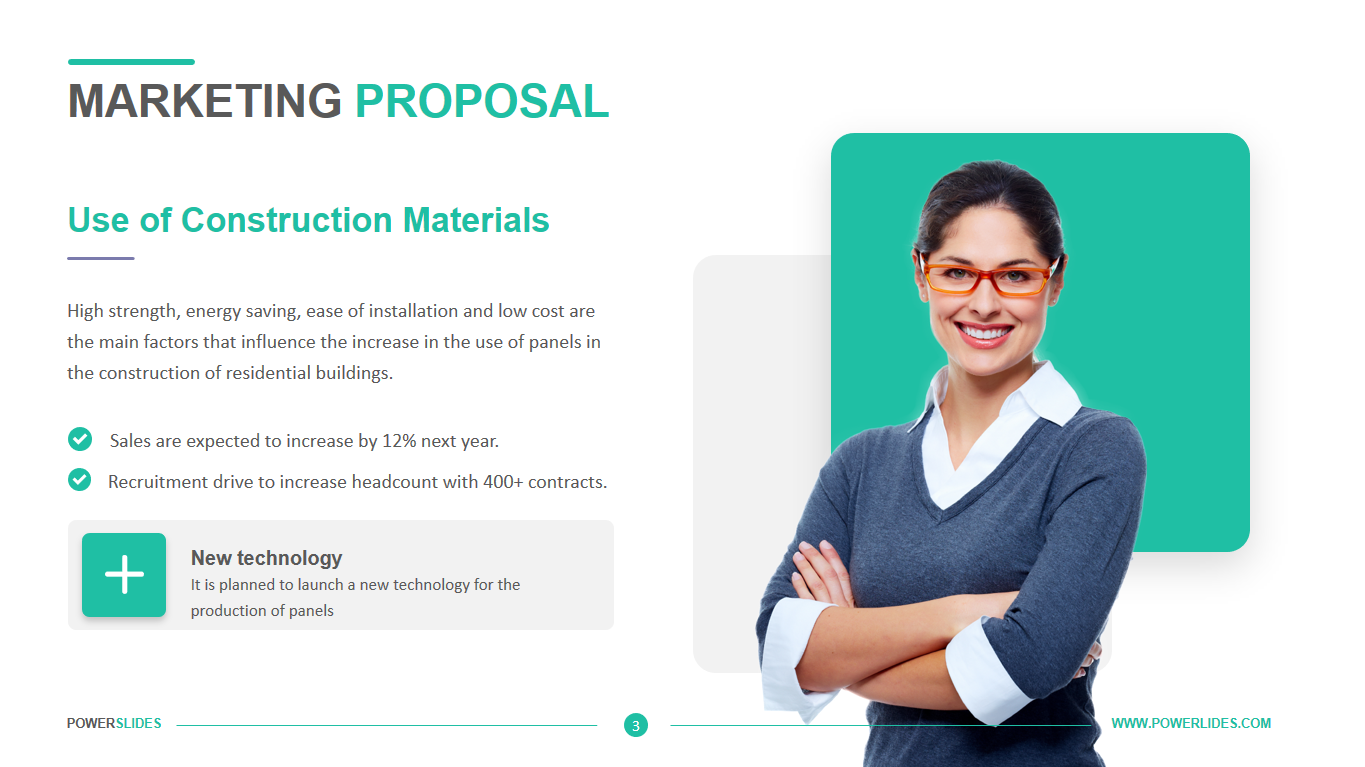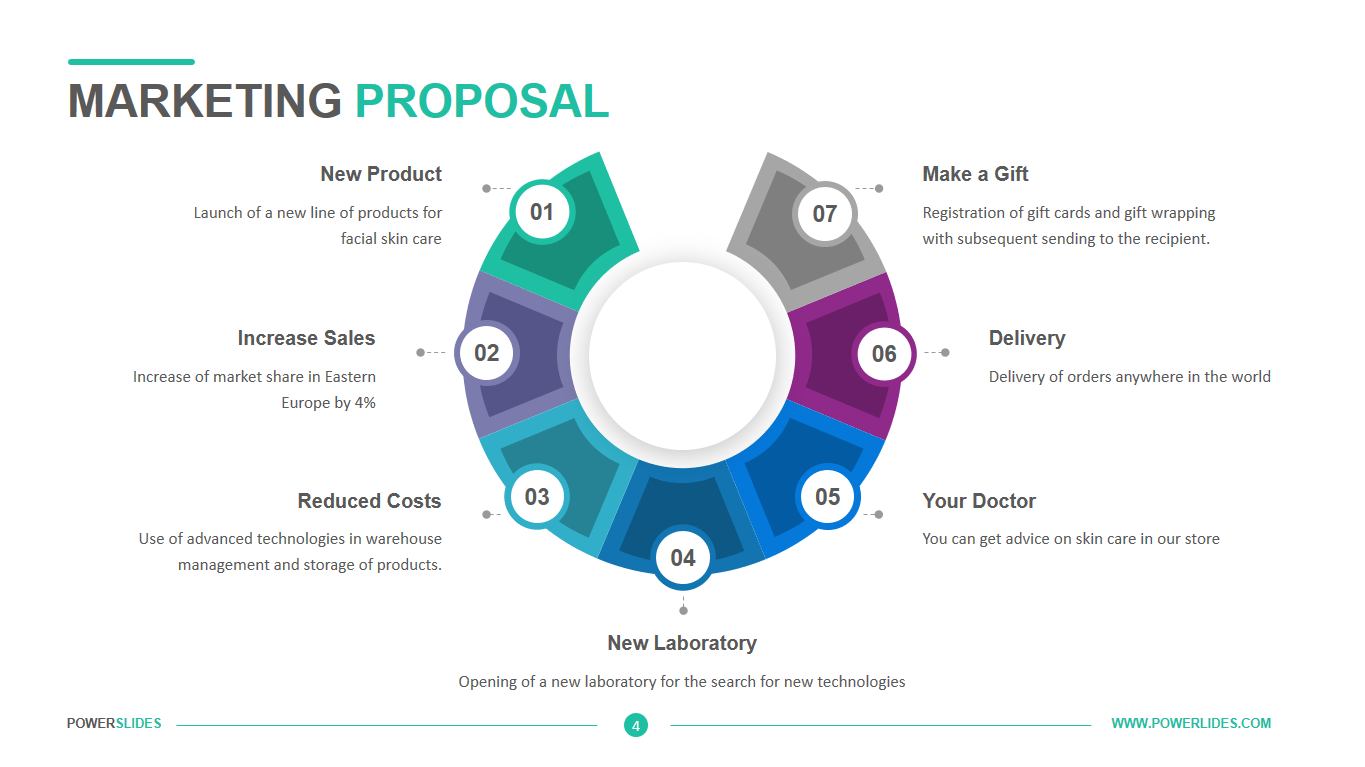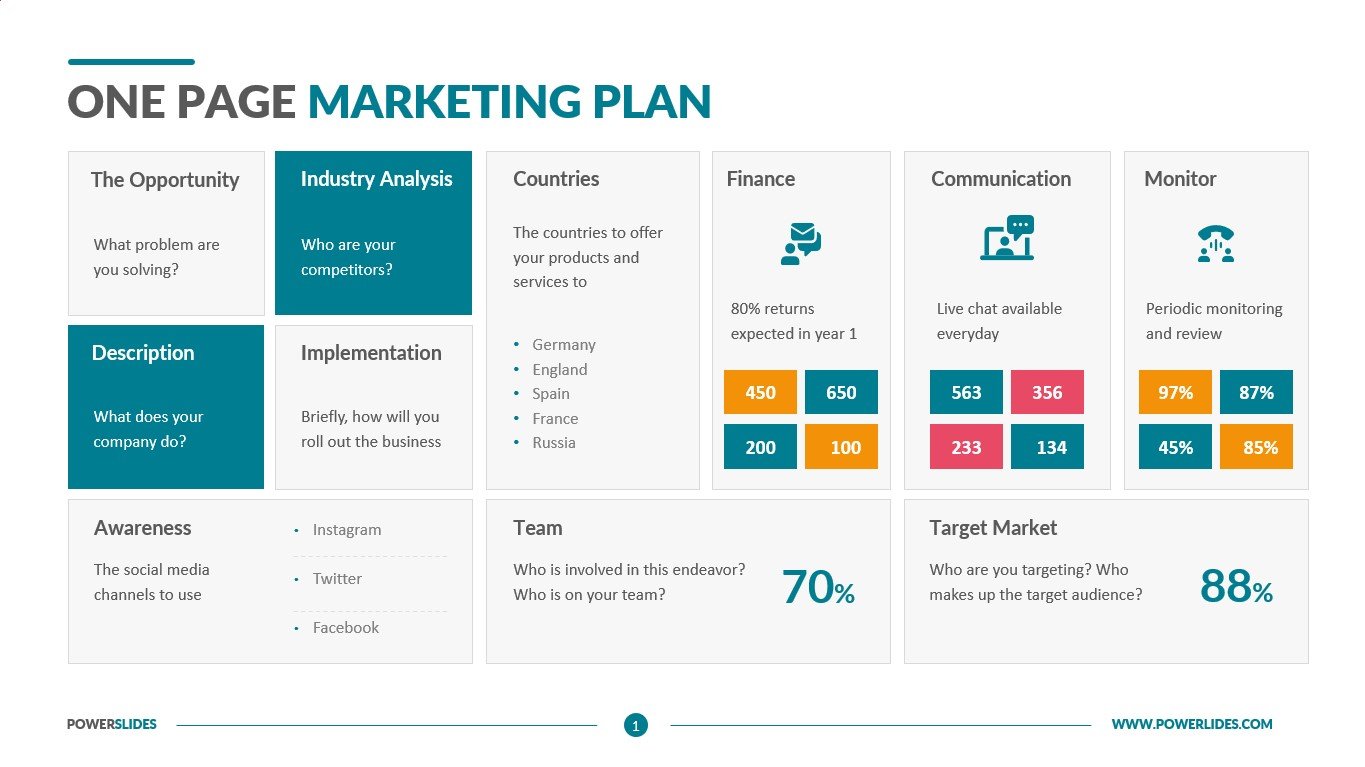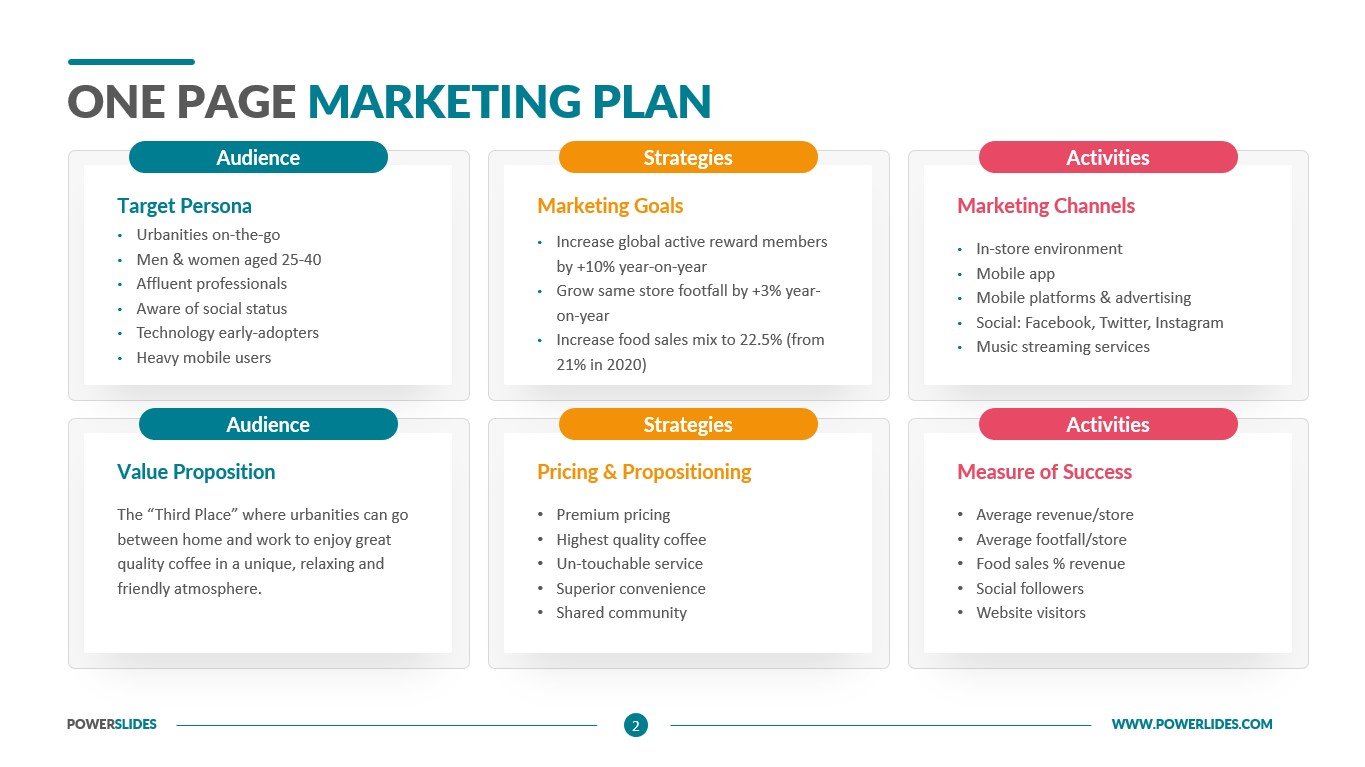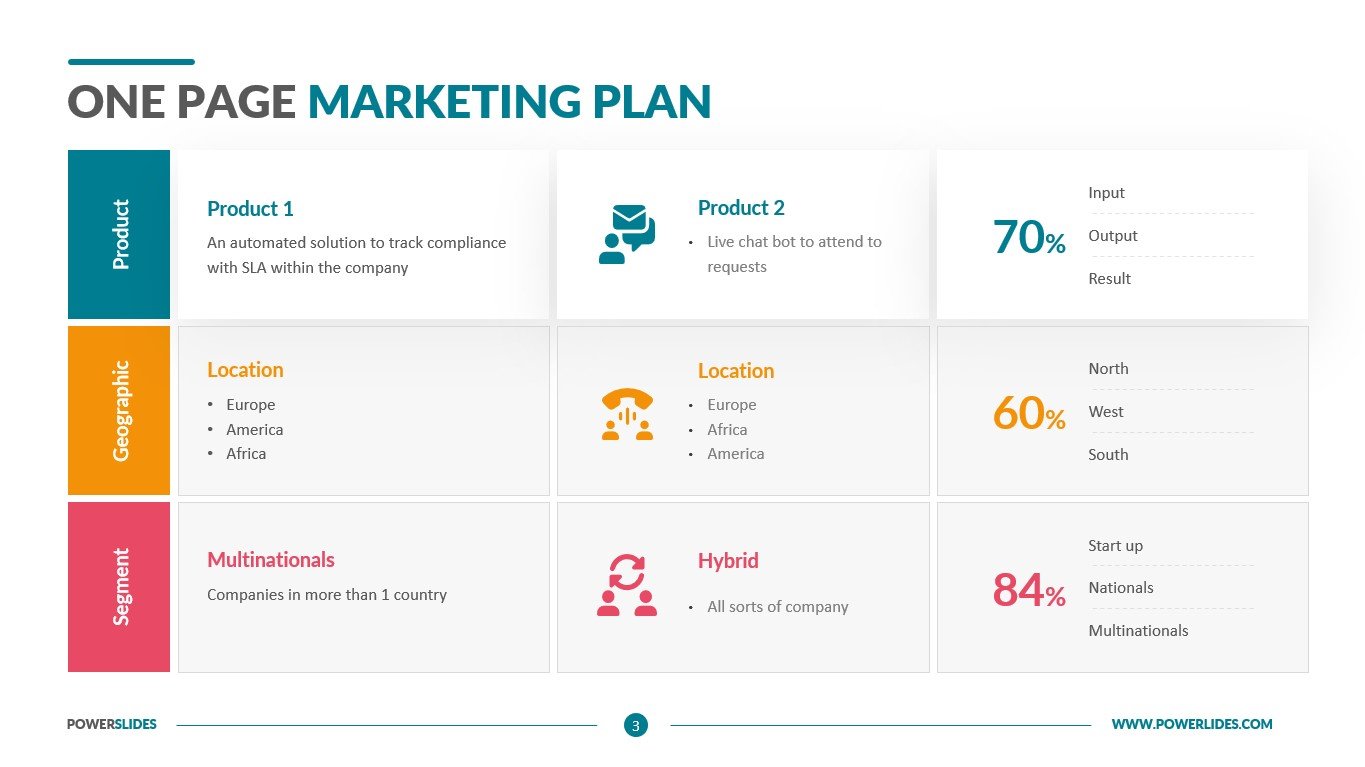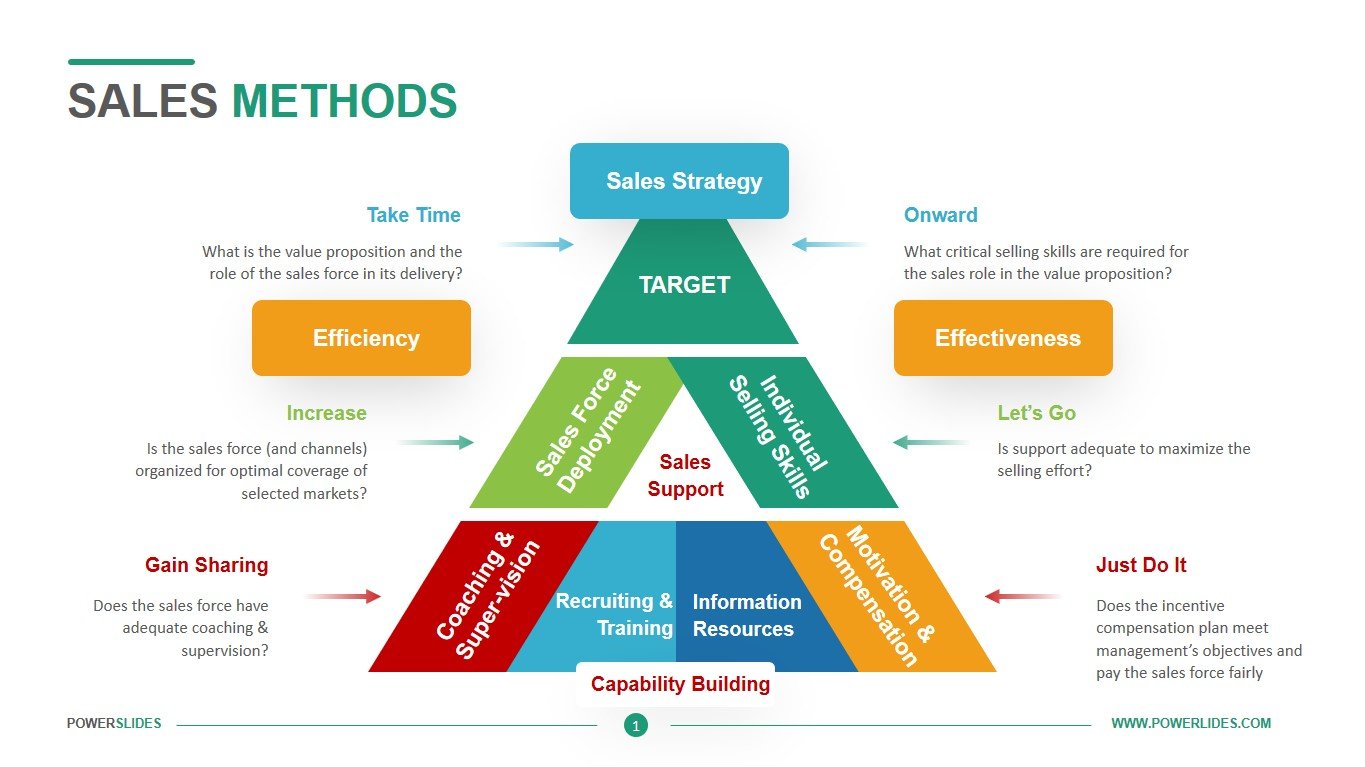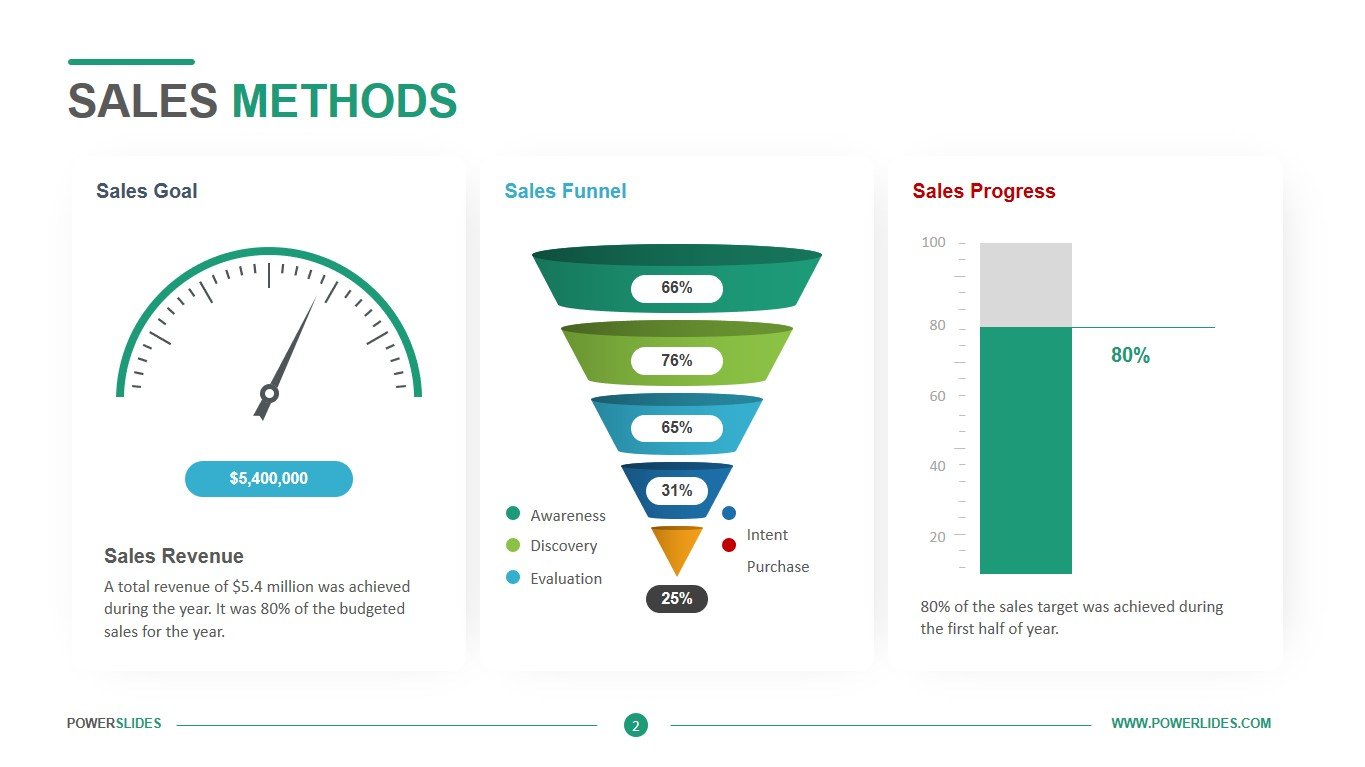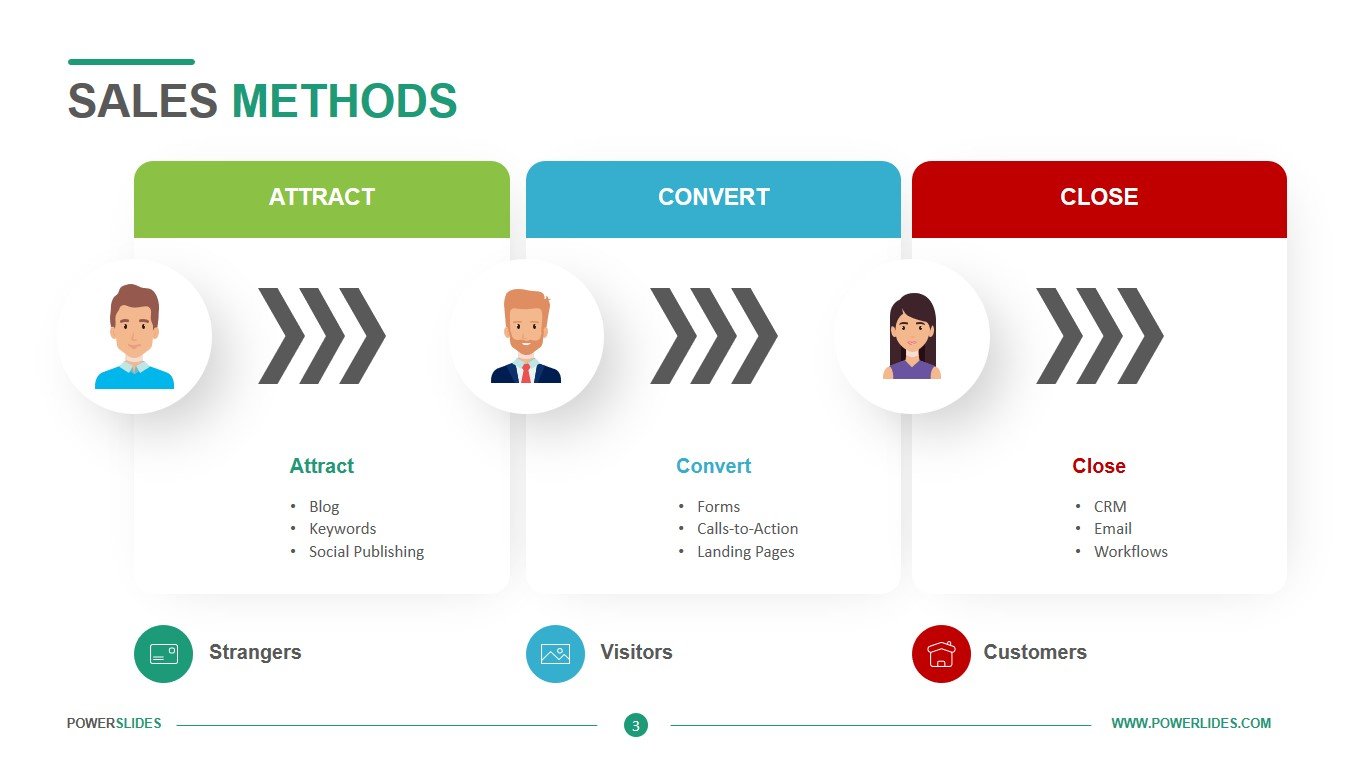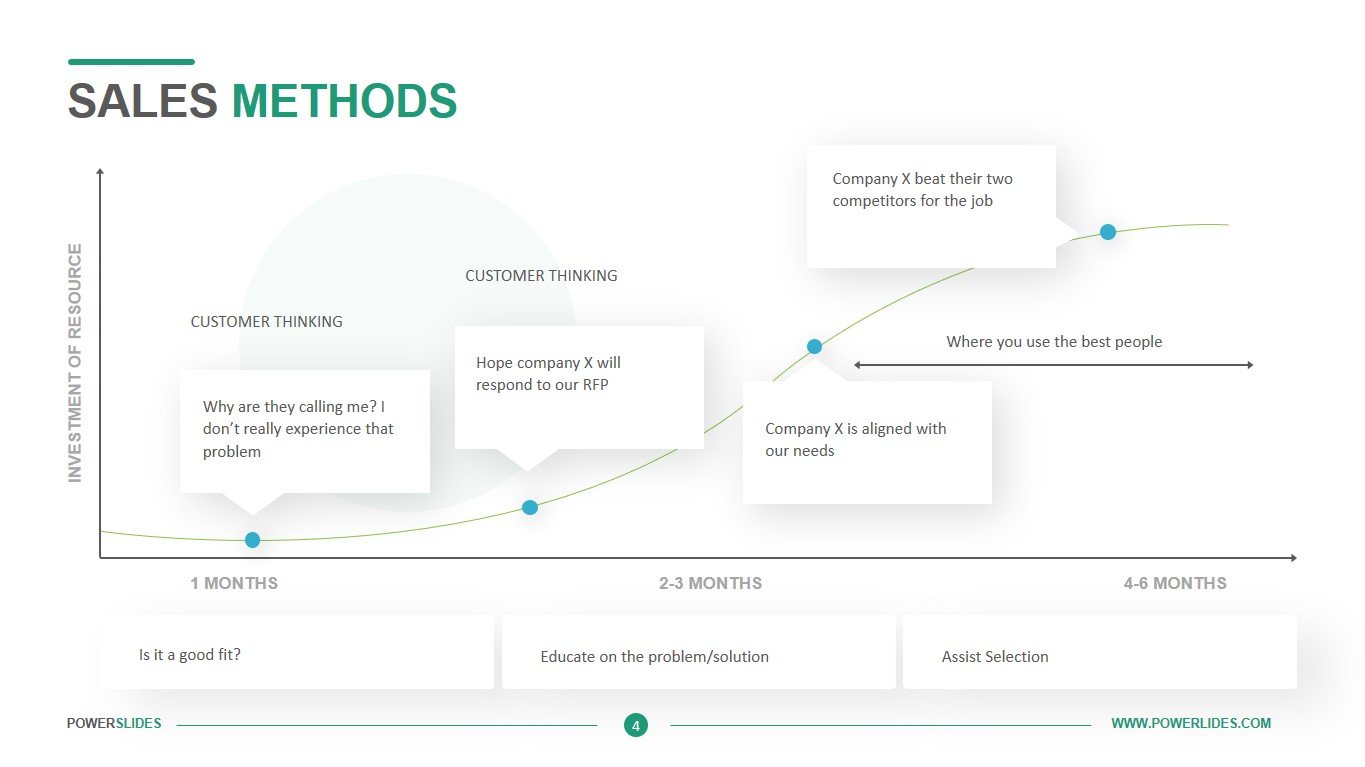Inbound CRM Marketing
 6 Slides
6 Slides
 File size: 16:9
File size: 16:9 
 Fonts: Lato Black, Calibri
Fonts: Lato Black, Calibri  Supported version
PPT 2010, PPT 2013, PPT 2016
Supported version
PPT 2010, PPT 2013, PPT 2016
Product details
The concept of inbound marketing takes your digital strategy to the next level of lead generation and customer engagement by providing your prospects with the content they need to make their buying decision. Instead of the old outbound marketing methods of buying ads, buying email lists, and hoping for leads, inbound marketing focuses on delivering quality to your audience where and when they need it the most.
By creating content and a marketing approach specifically designed to appeal to your ideal prospects, inbound marketing attracts these qualified prospects to your business through content marketing, search engine optimization, and social media, and keeps them coming back for more helpful content. The best part about inbound marketing is that it is not a paid form of advertising, so your content can live on your site as long as you want it to without costing you any money. The difference between that and paid advertising, is that when you stop paying for ads with Google Adwords, Facebook ads, and more, your leads and website traffic will stop immediately as well.
There are 4 marketing stages that are critical when you are thinking about inbound marketing Attract, Convert, Close & Delight. Attracting prospects is the first step in the inbound marketing methodology. At this initial marketing stage, the prospect is searching for content to help them solve a problem. Once you attract the right visitors to the site, the goal is to now convert them into leads through obtaining their contact information on a landing page. The closing stage is where leads are transformed into customers. At this later marketing stage, specific marketing tools such as email marketing, marketing automation, lead nurturing, and social media monitoring.
Inbound marketing revolves around providing outstanding content to both your leads AND your customers. This means that even after a lead becomes a customer, they still must be engaged through dynamic content, social media, and trigger marketing. The goal of delighting customers is both solving their issues, and turning them into promoters of your business.
Customer relationship marketing (CRM) is the art and science of building client relationships, customer loyalty and brand value. Through marketing strategies and activities, you attract customers naturally, instead of pushing your products and services. The strategy has four basic stages to turn visitors into leads. With our template, you can demonstrate each stage, associated tactics and the overall benefit of inbound marketing.
This template will primarily be useful for marketers. You can use the slides from this template when preparing a marketing strategy to promote your product. For example, you can specify what actions need to be taken at each stage and what results you expect to receive.
Also, this template will be useful for specialists in social networks and managers for filling sites with selling content. You can prepare information about your customer acquisition methods through social media and landing pages.
This PowerPoint template has an introductory slide that shows each of the four stages of inbound marketing: attract, close, convert and delight. Following the introductory slide, each slide then zeroes in on each stage. Designed with a blue and green theme, this creative template can be customized to match your brand aesthetic. Sales, marketing and business development professionals can use this template to lure new customers in with inbound CRM marketing strategies and tactics.



 (4.67/ 5)
(4.67/ 5)

